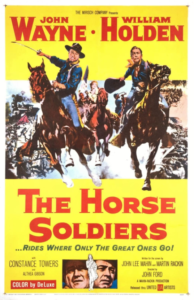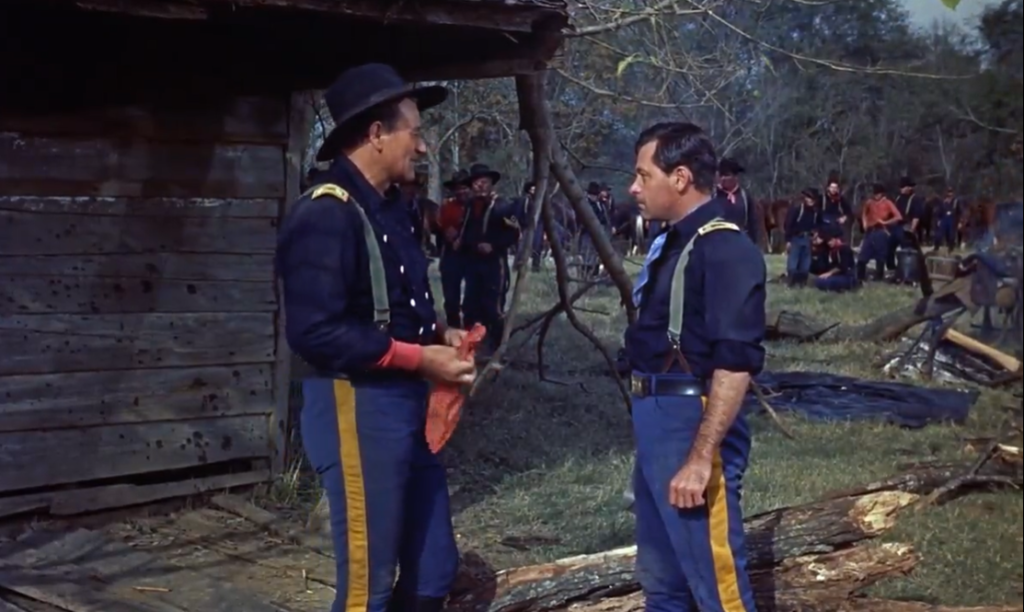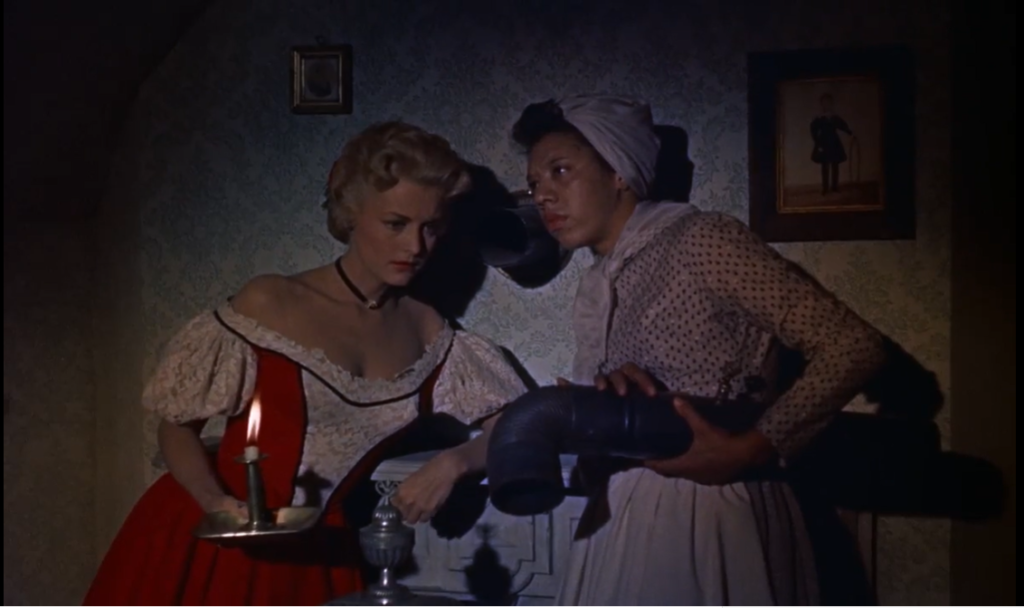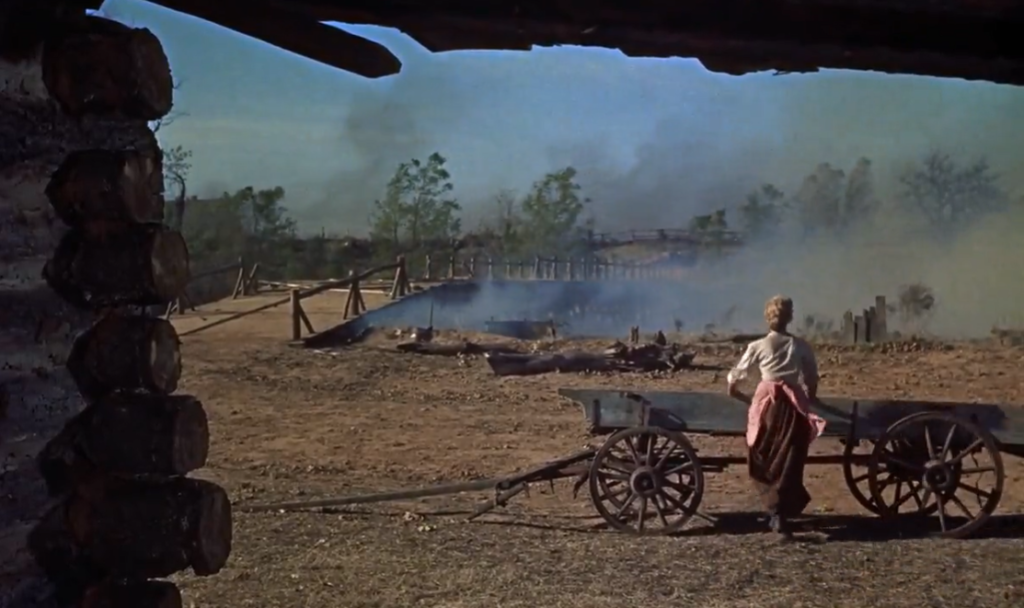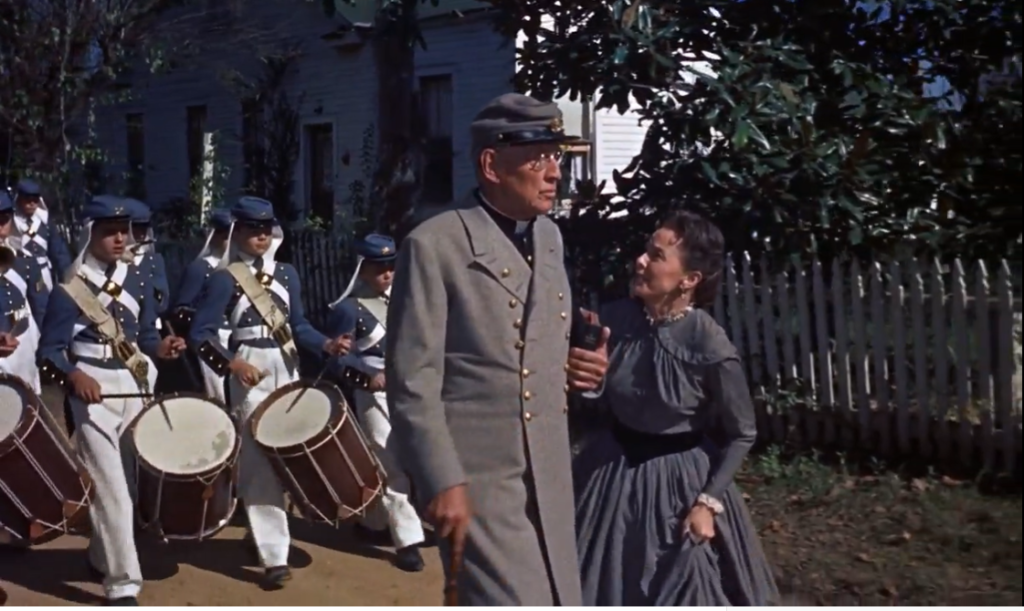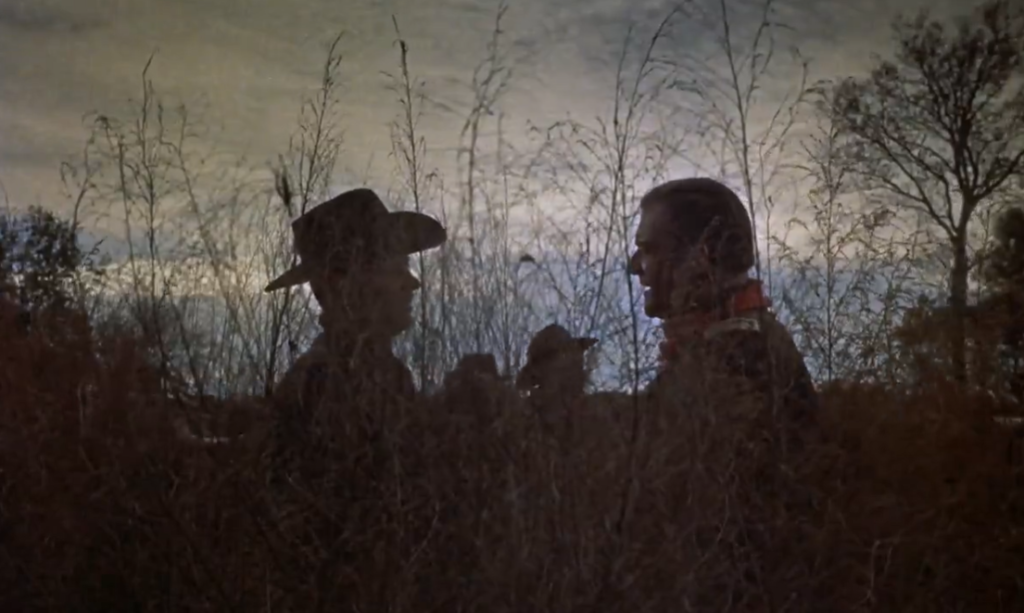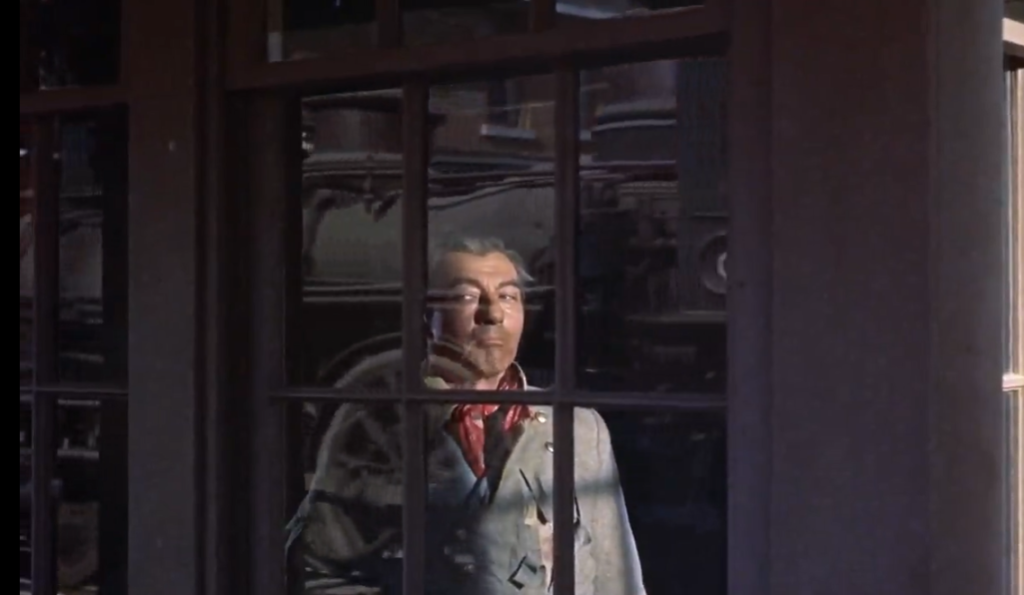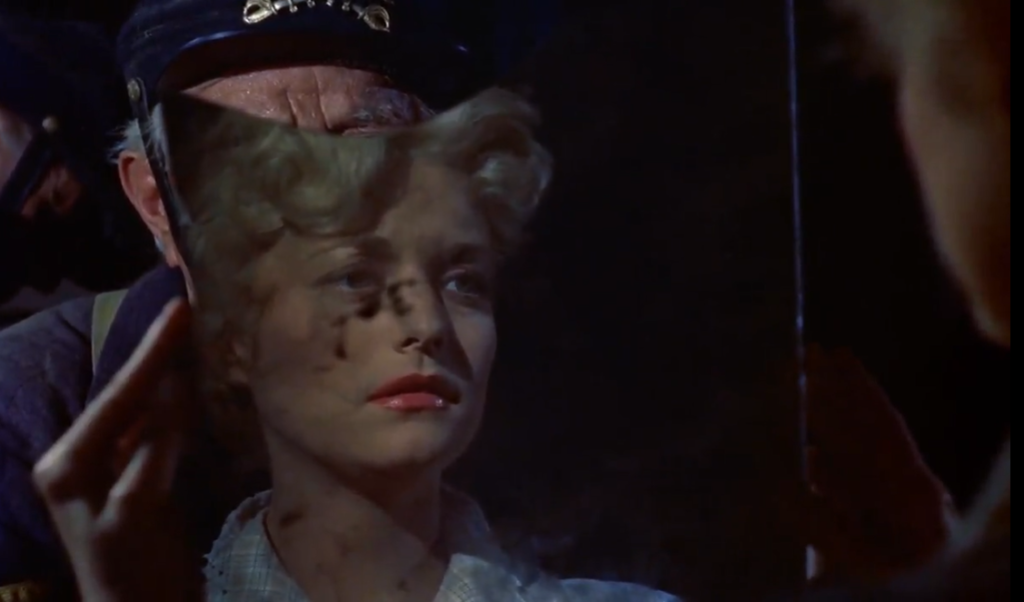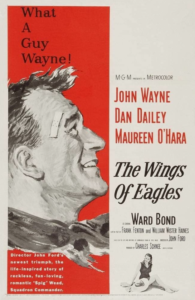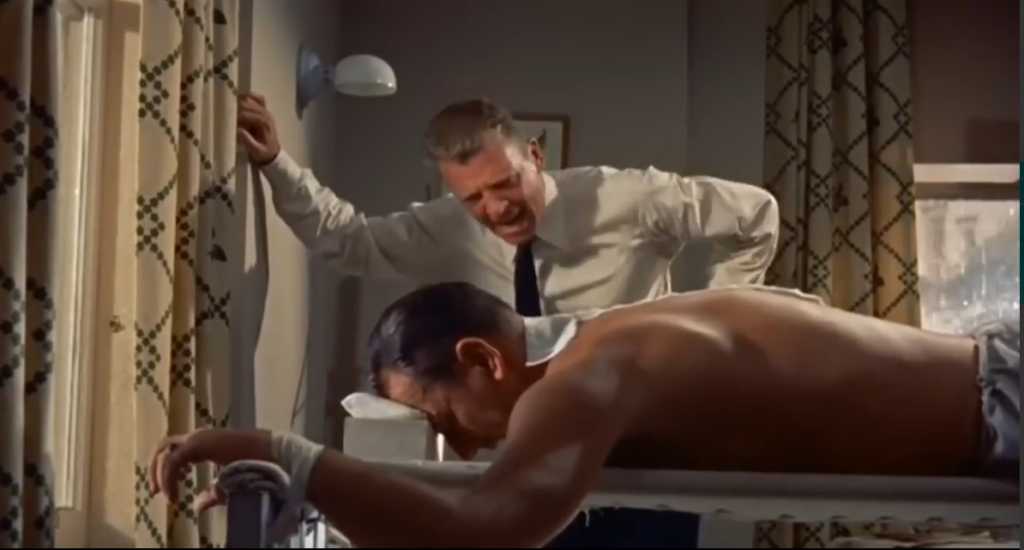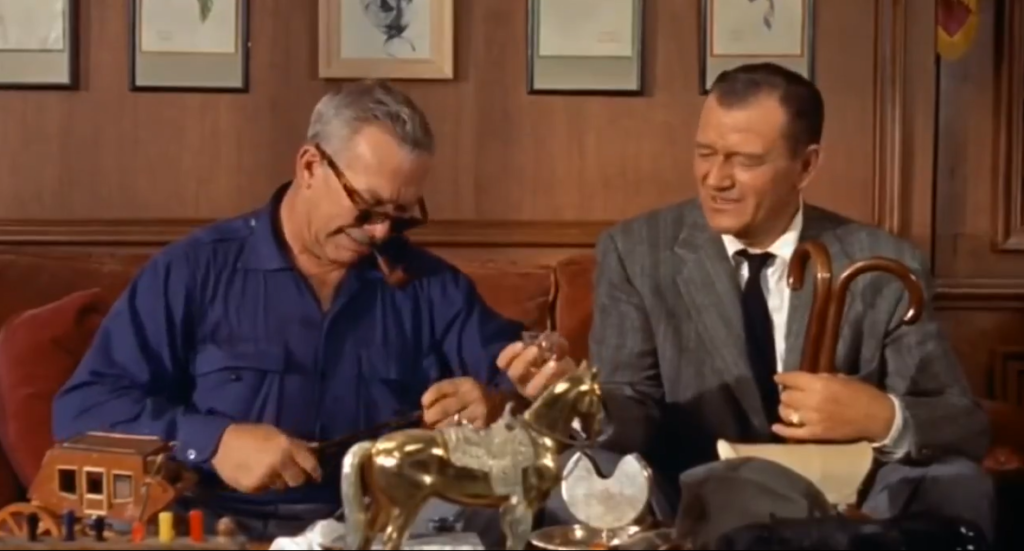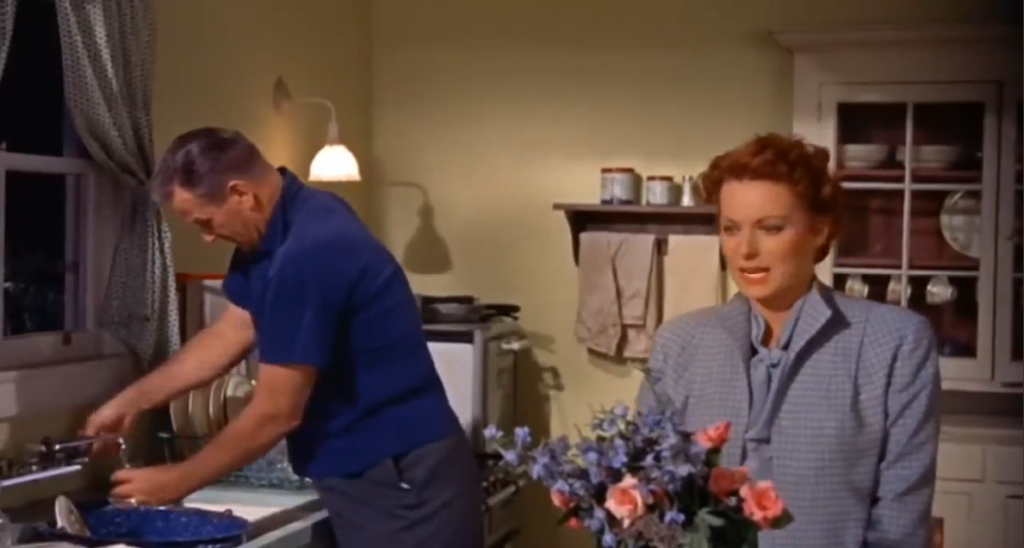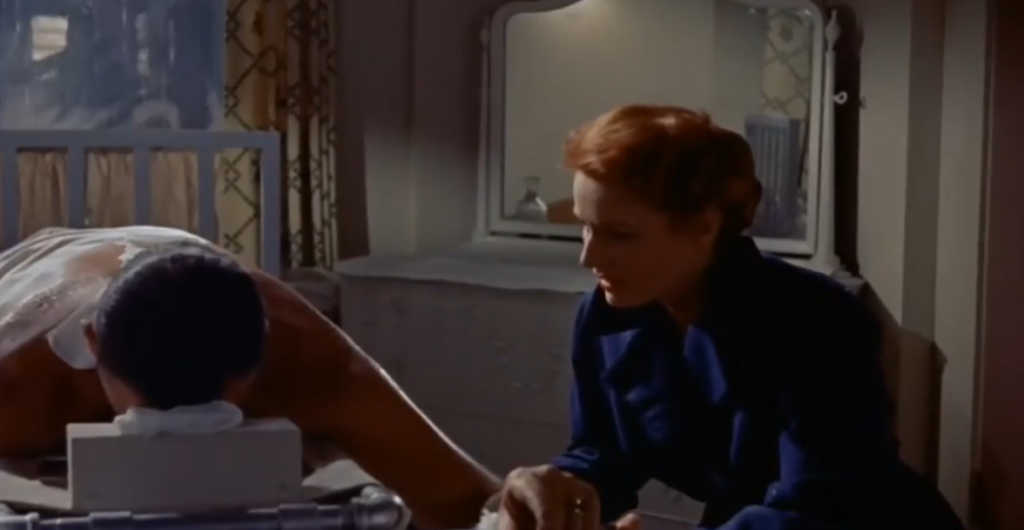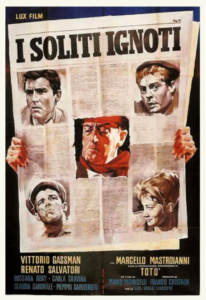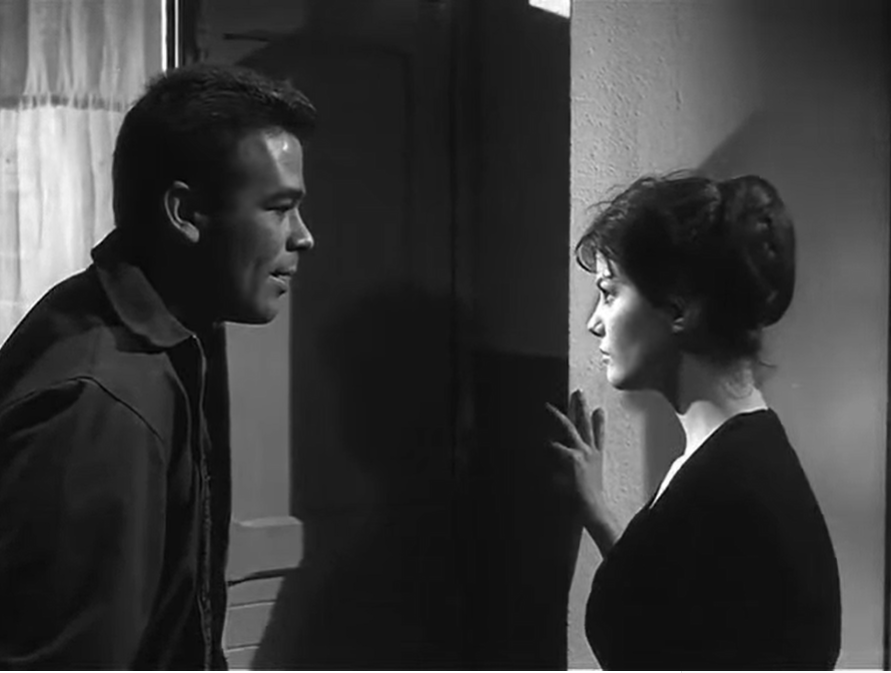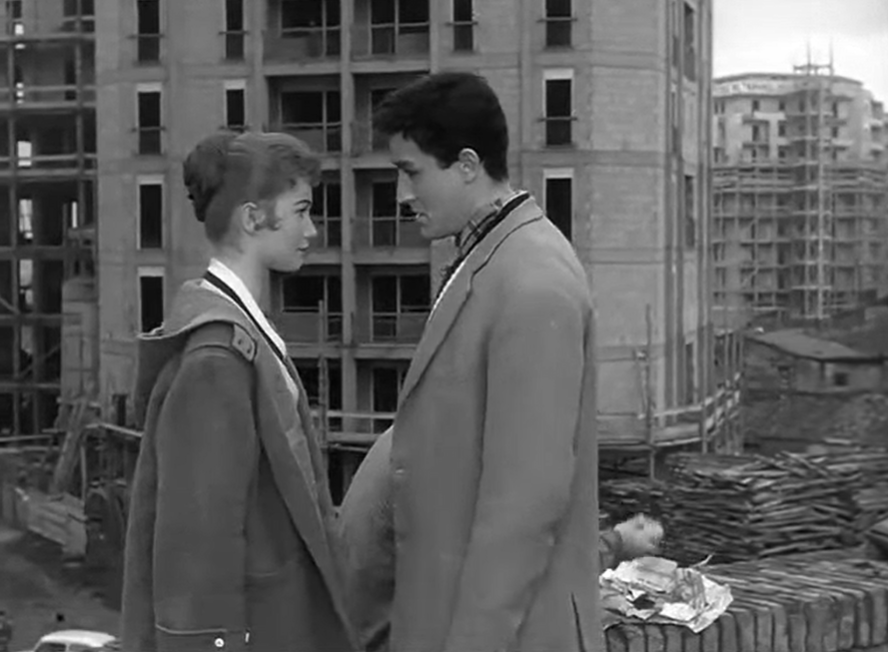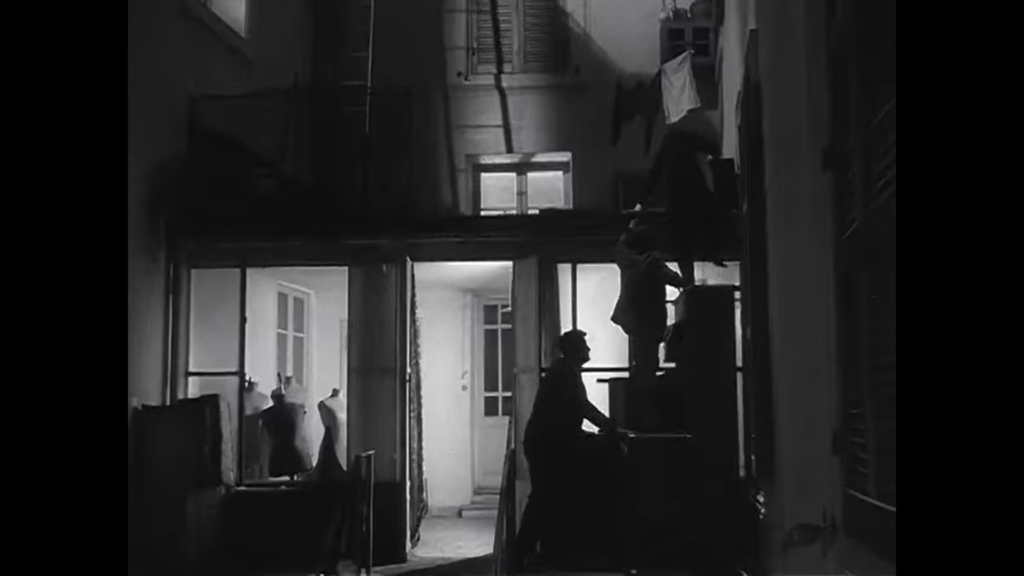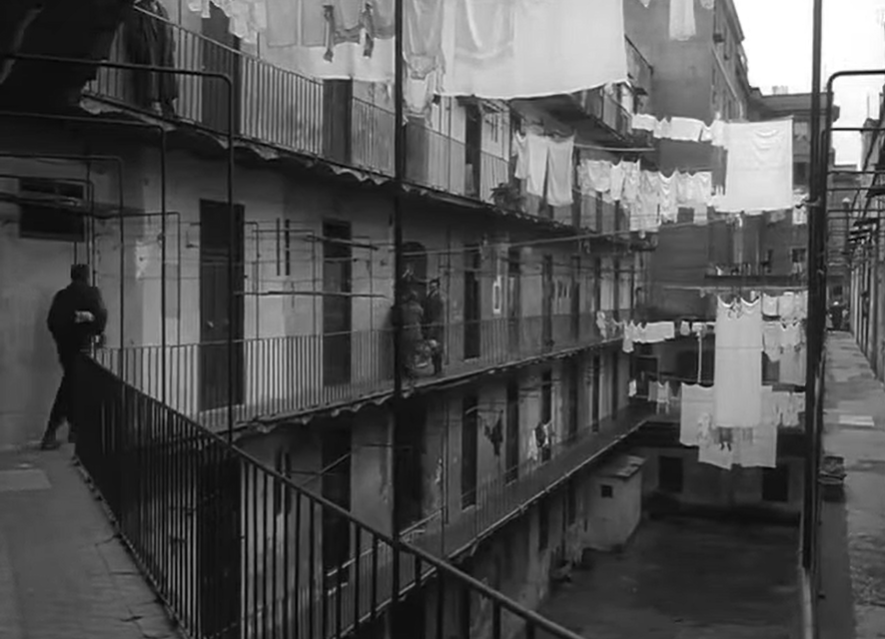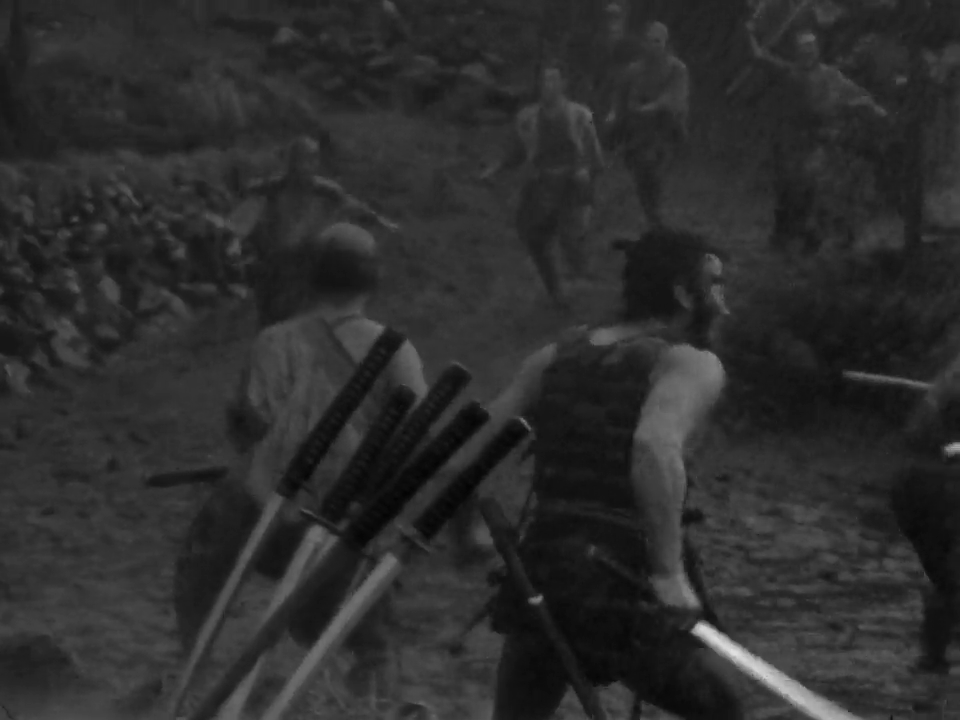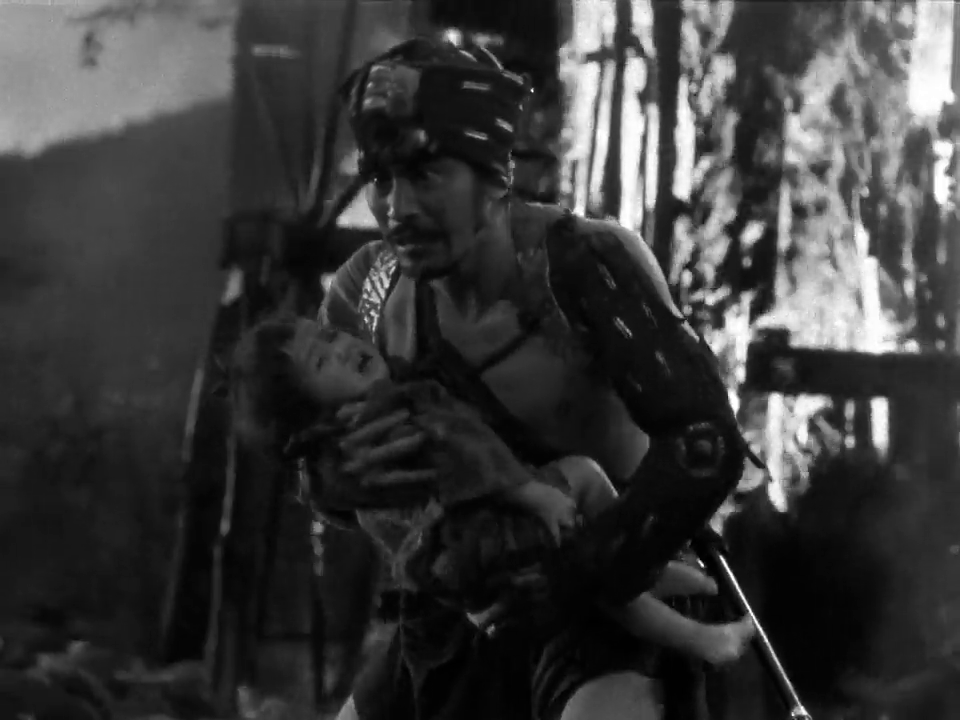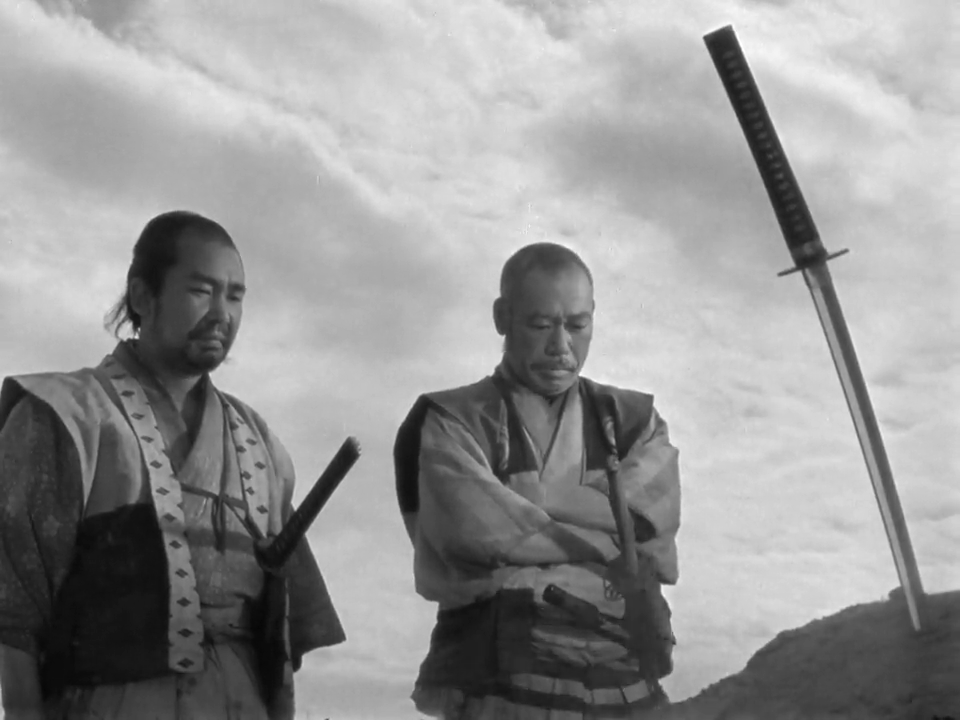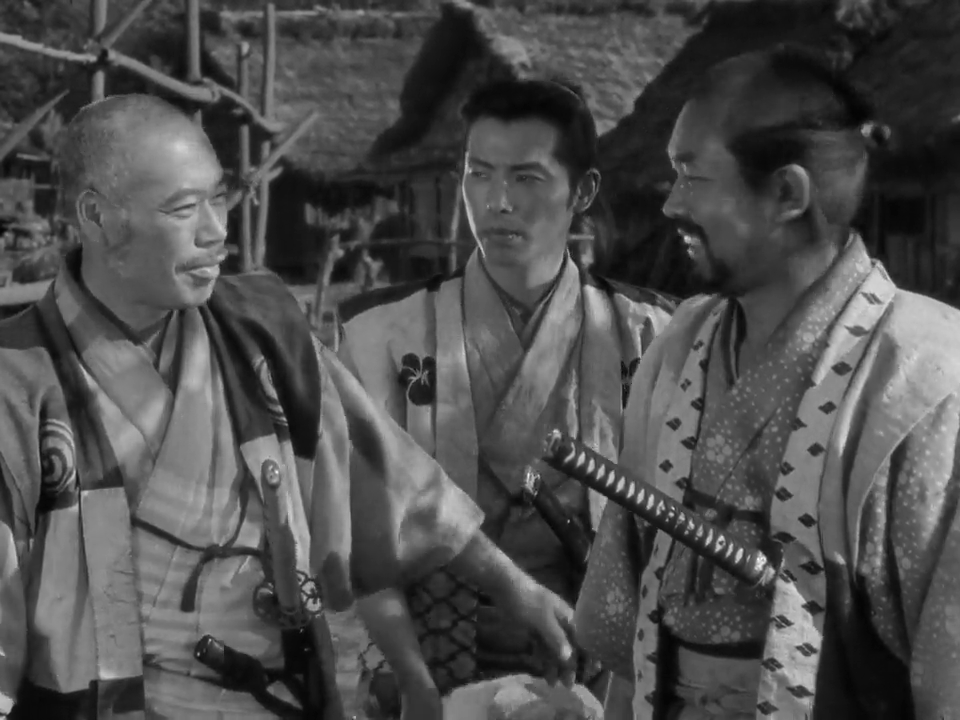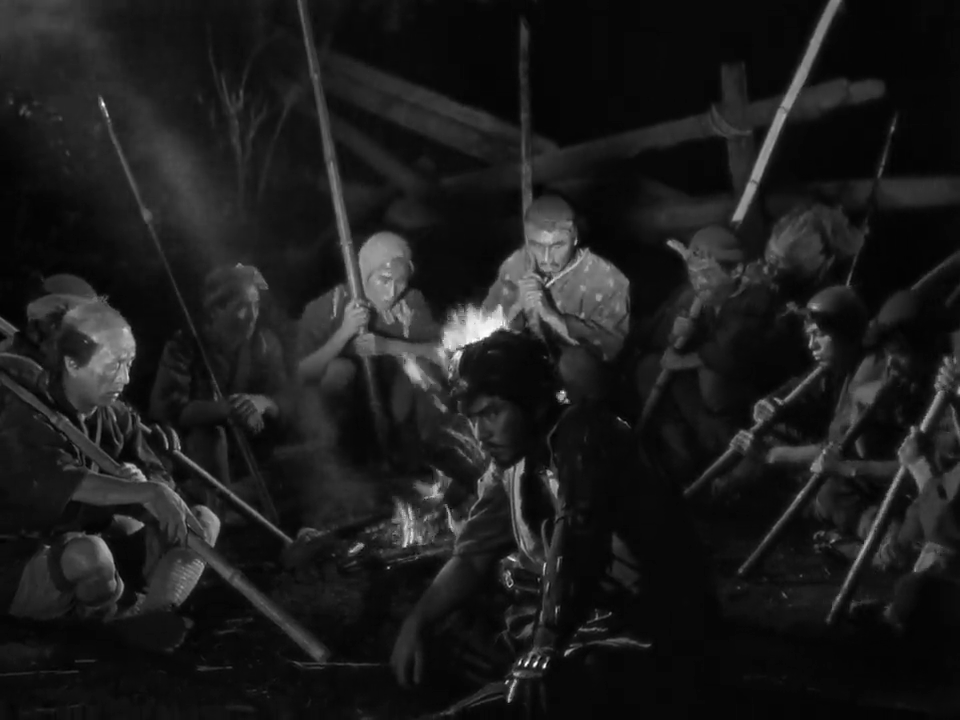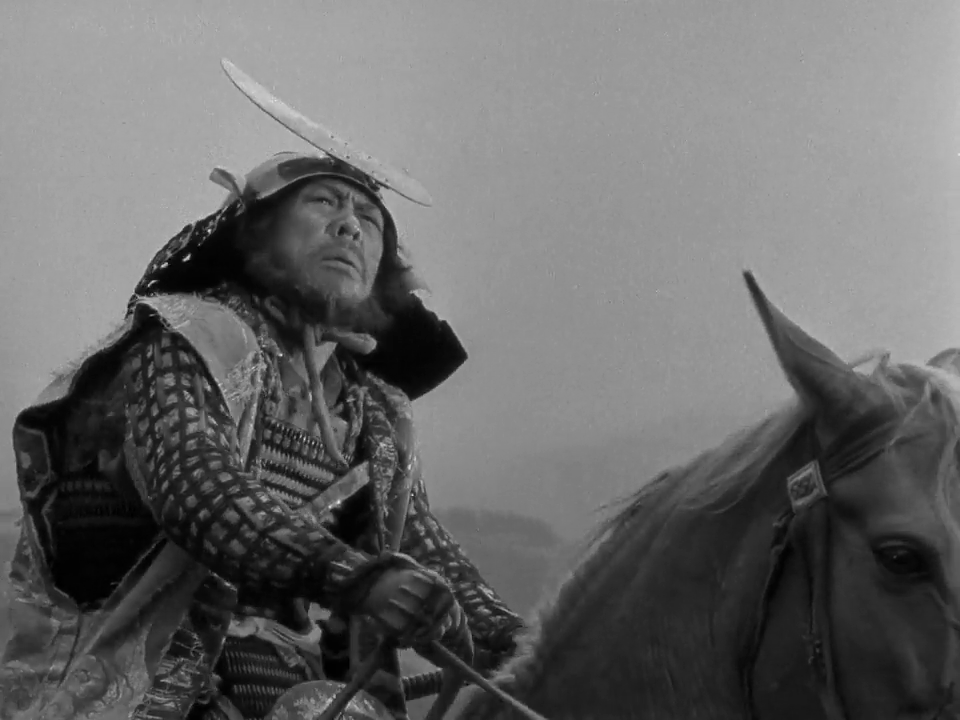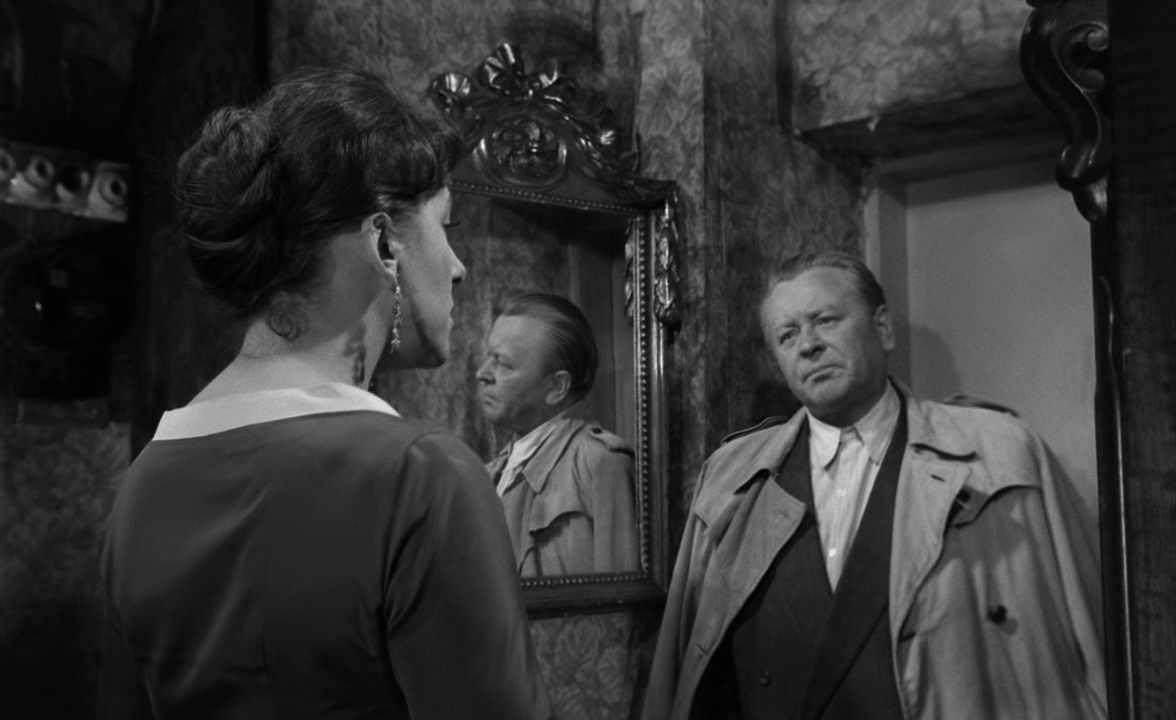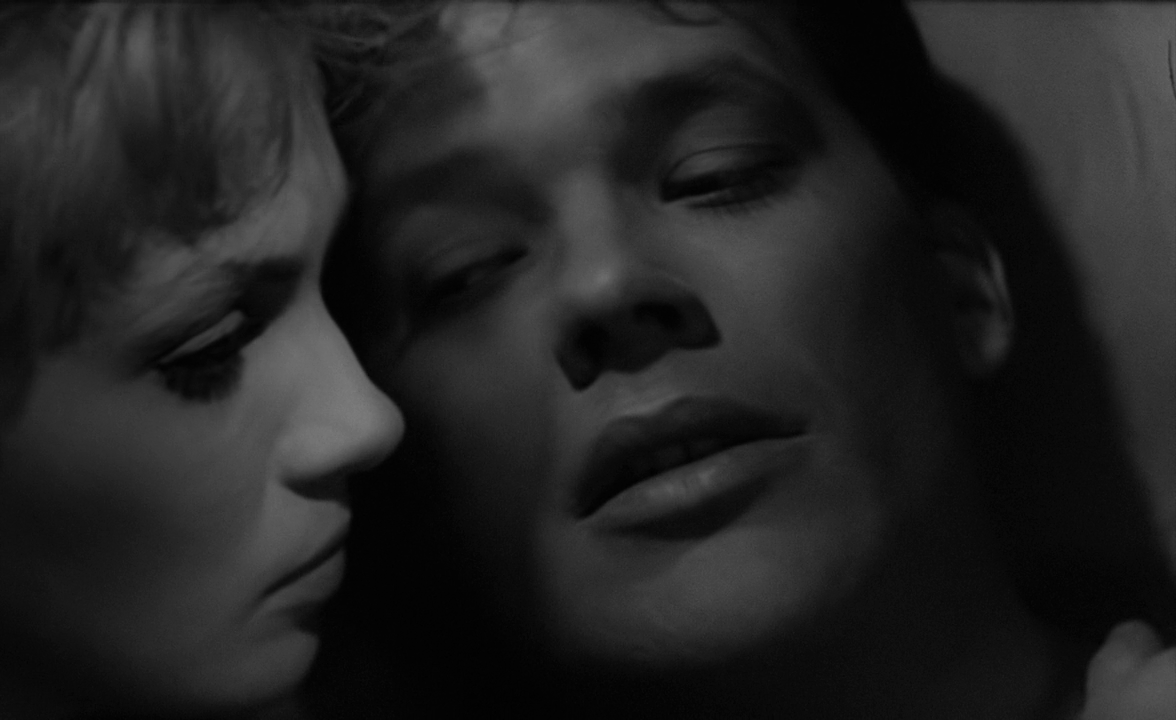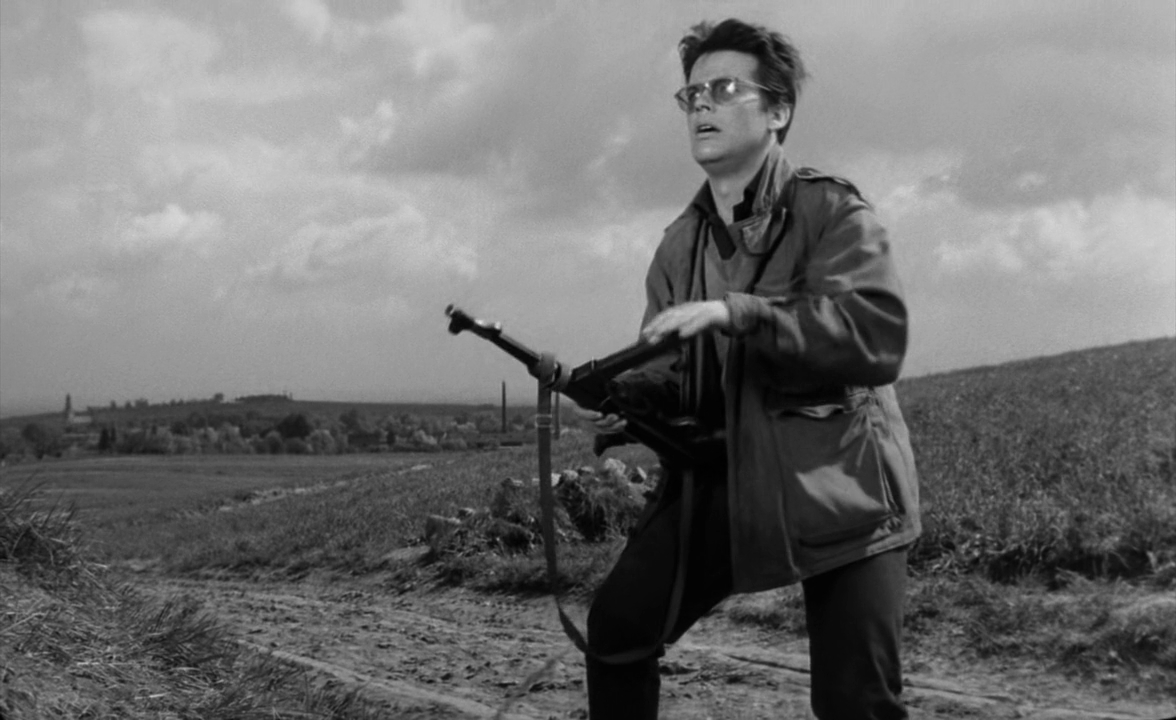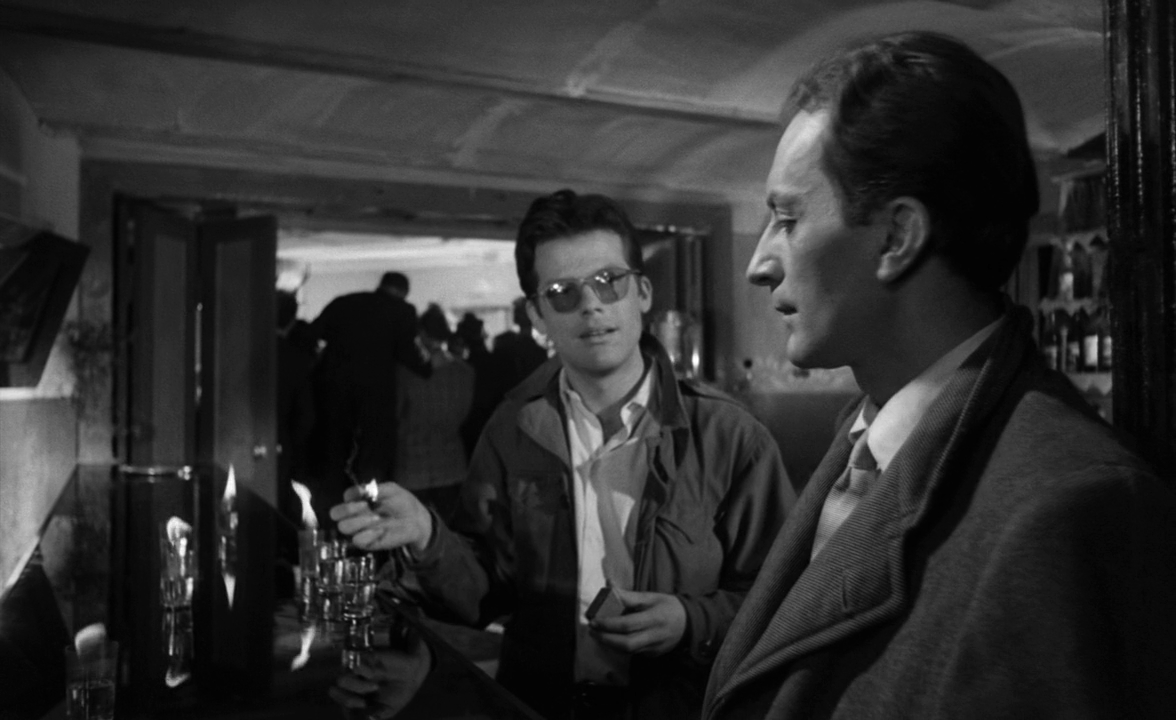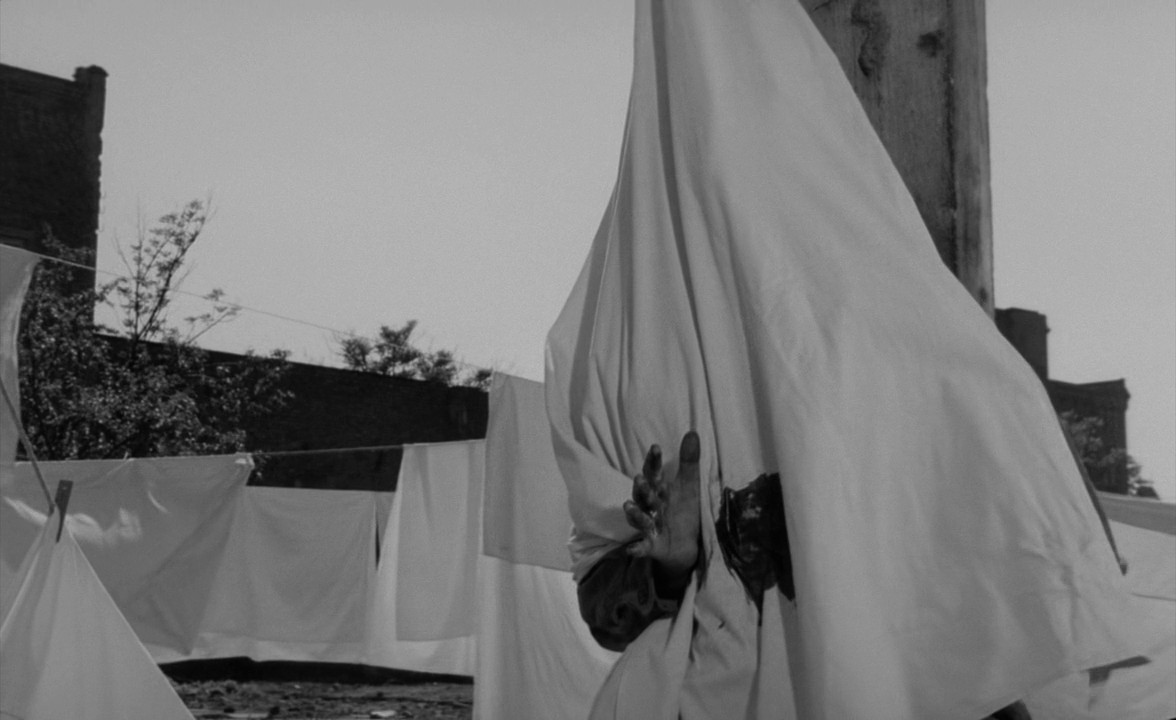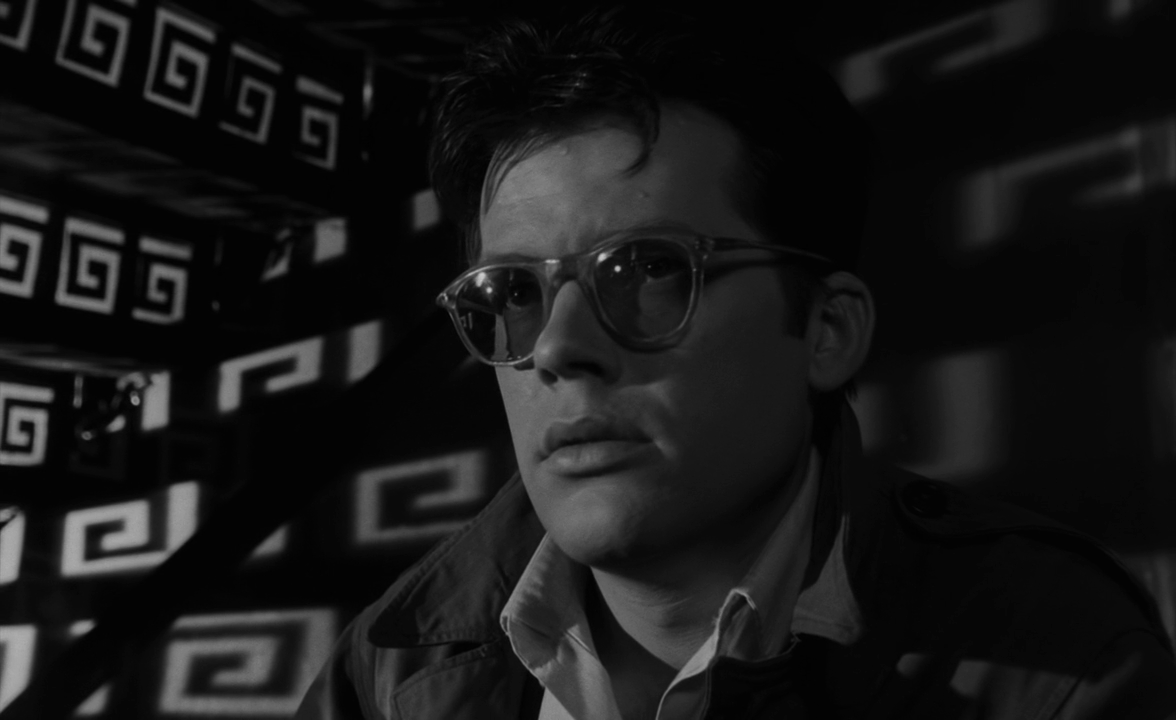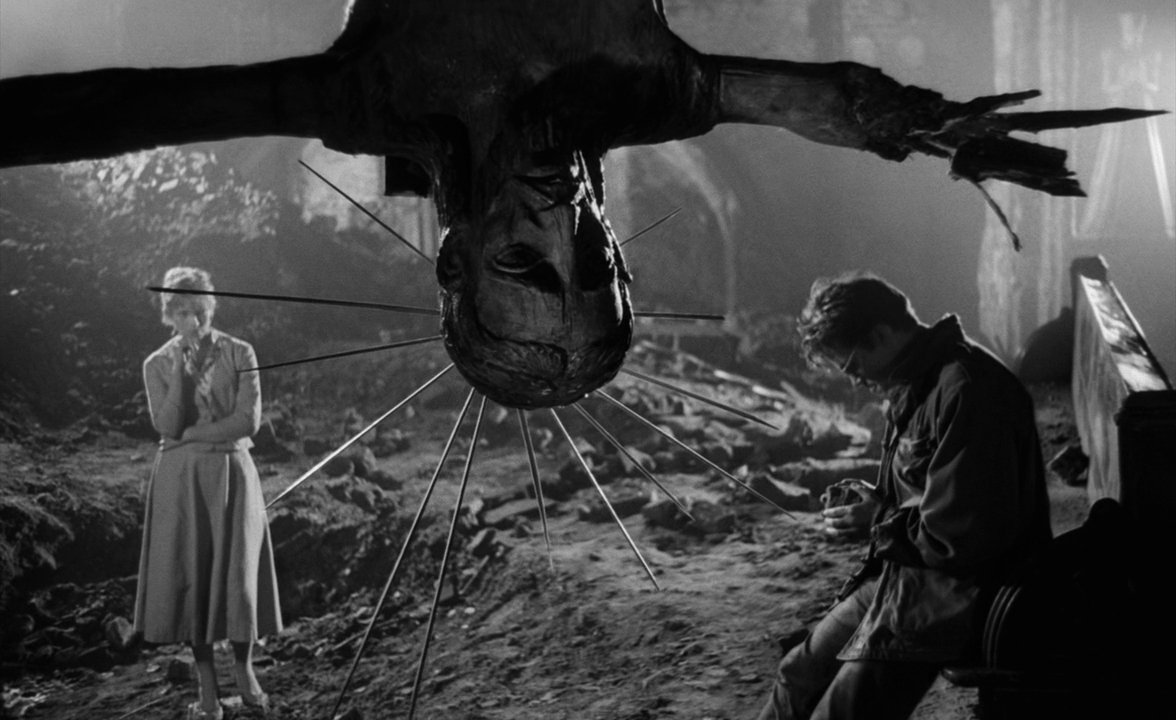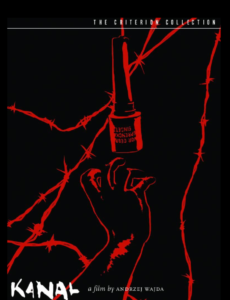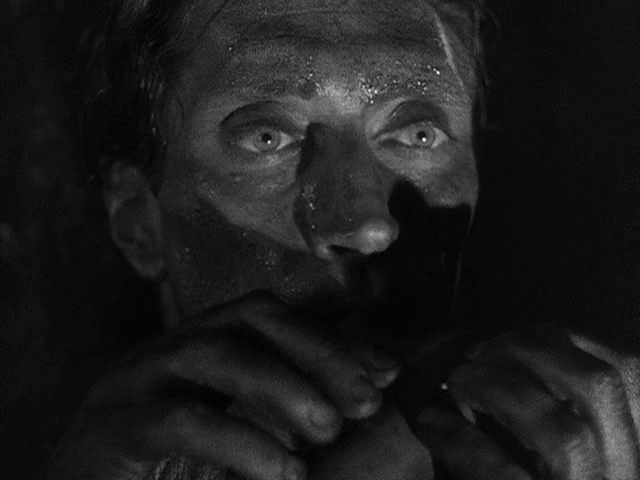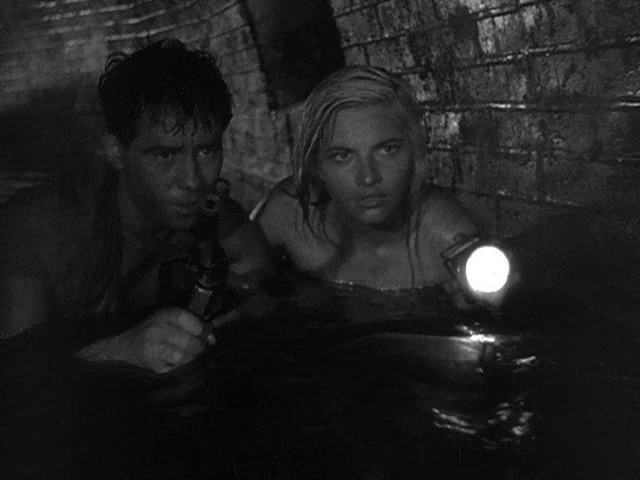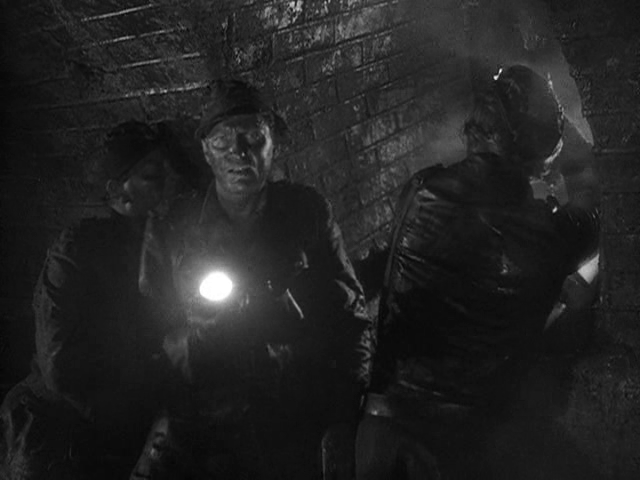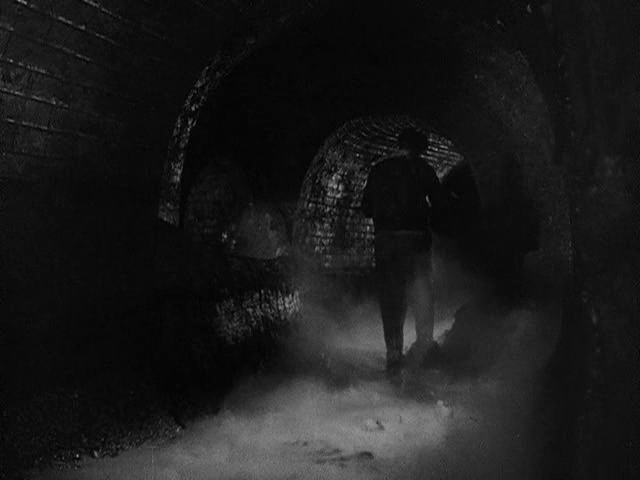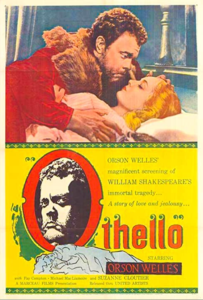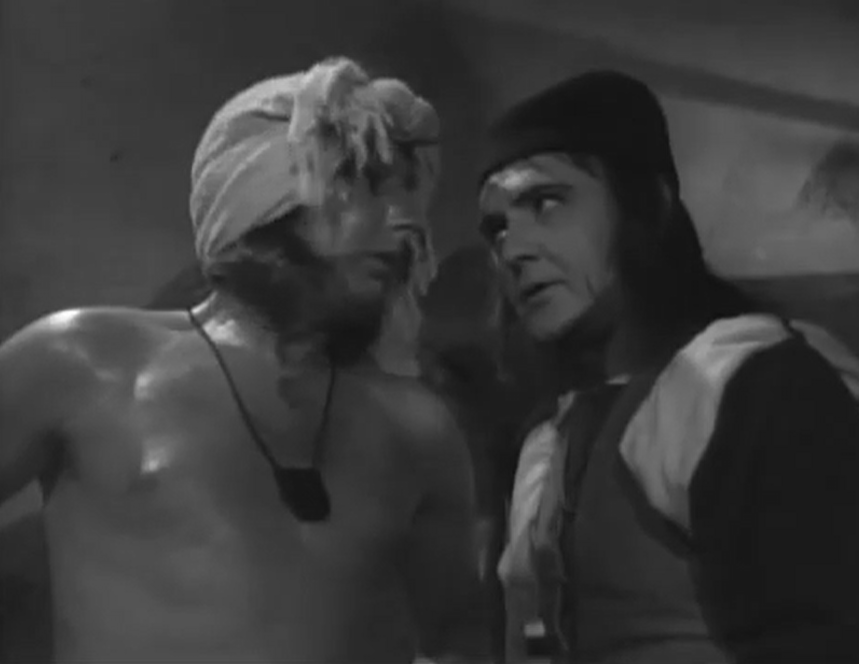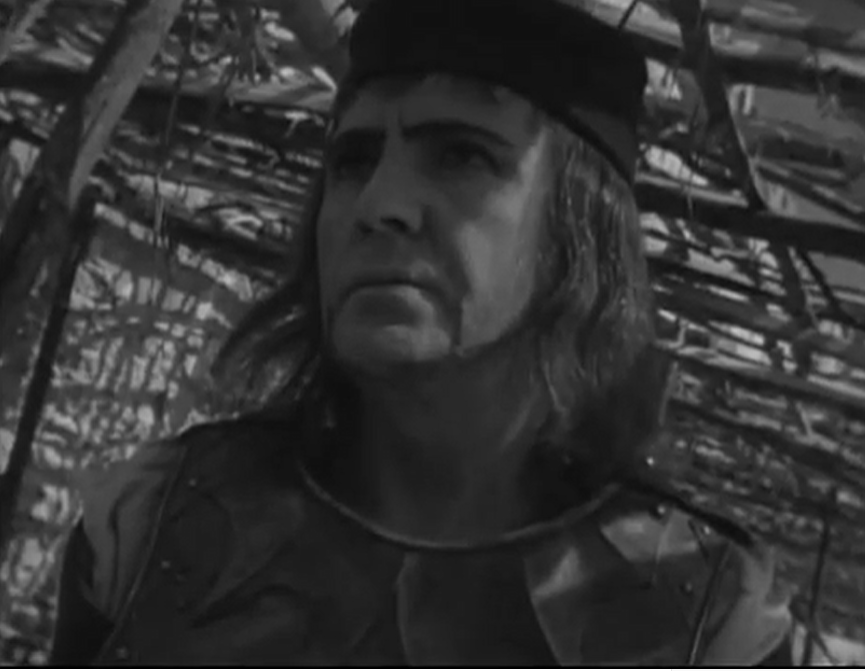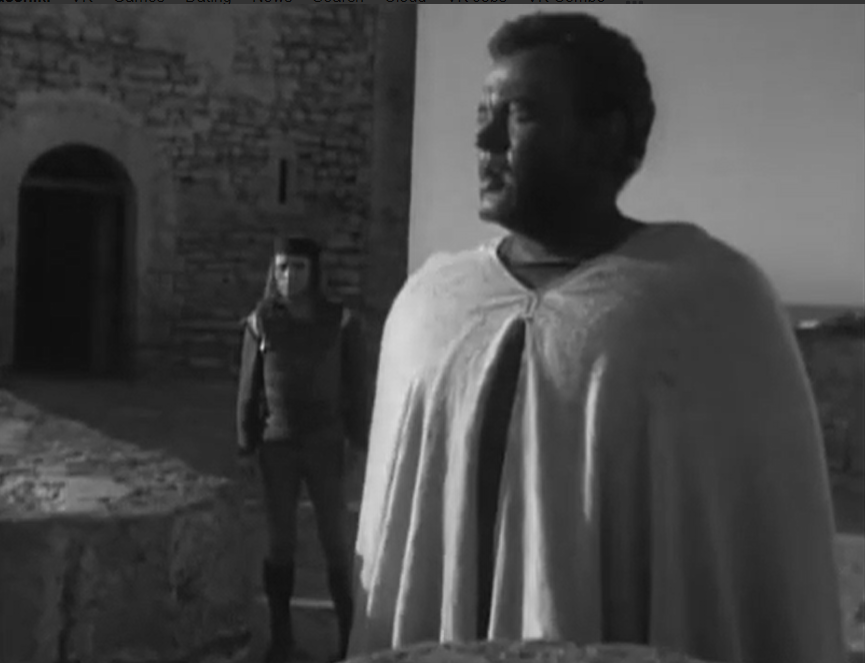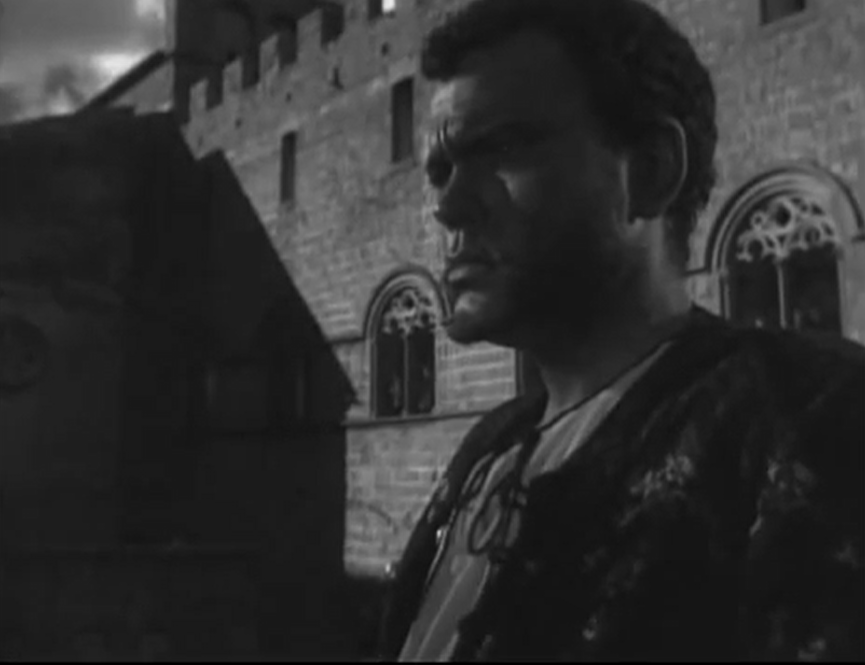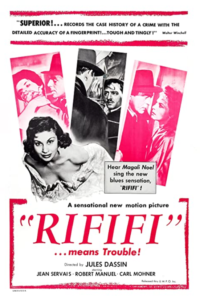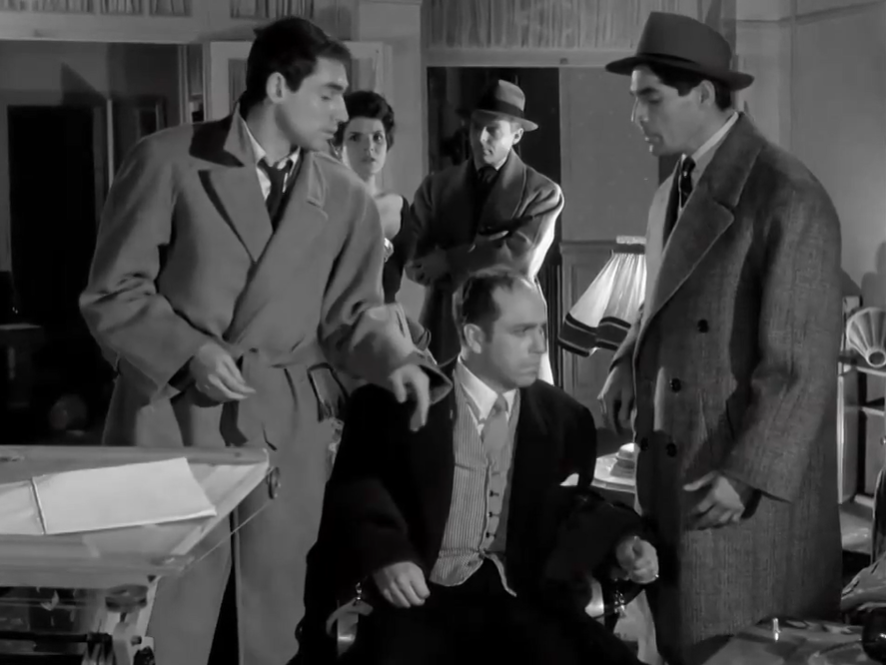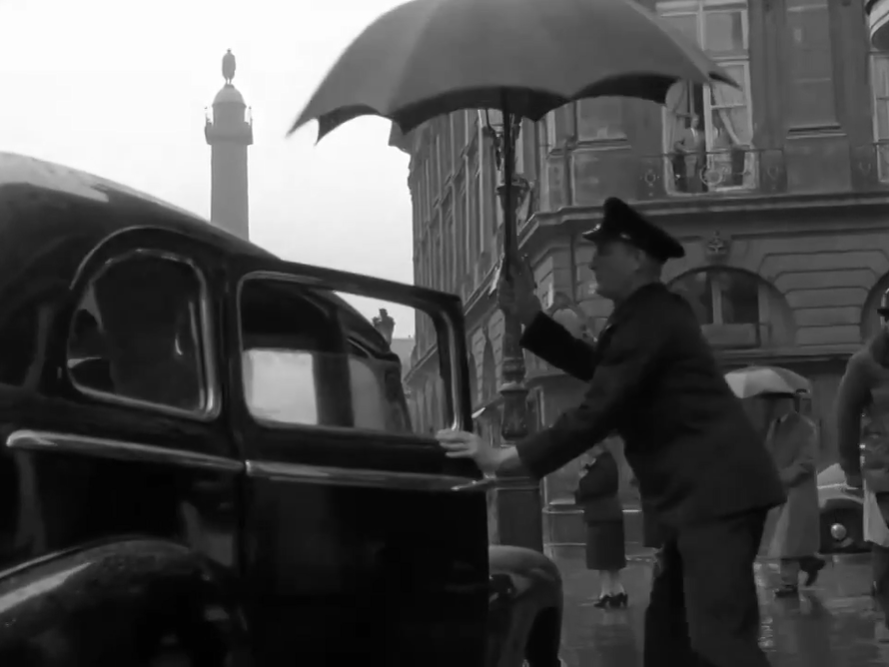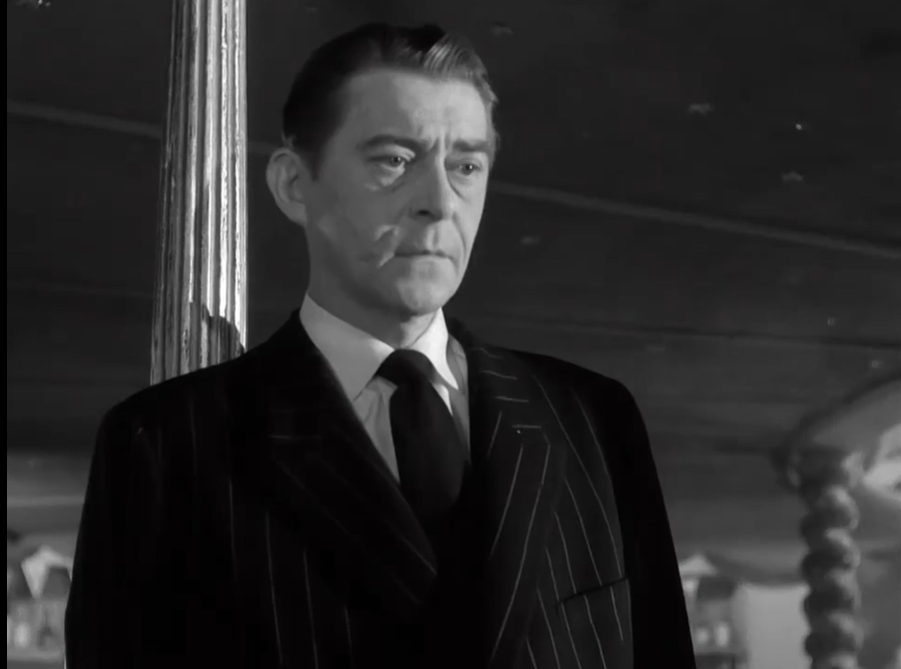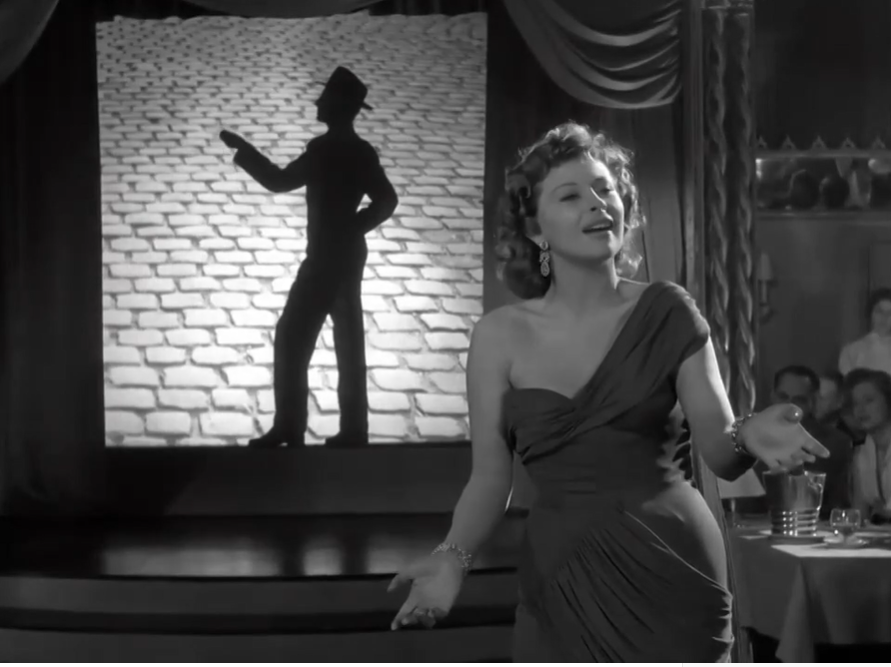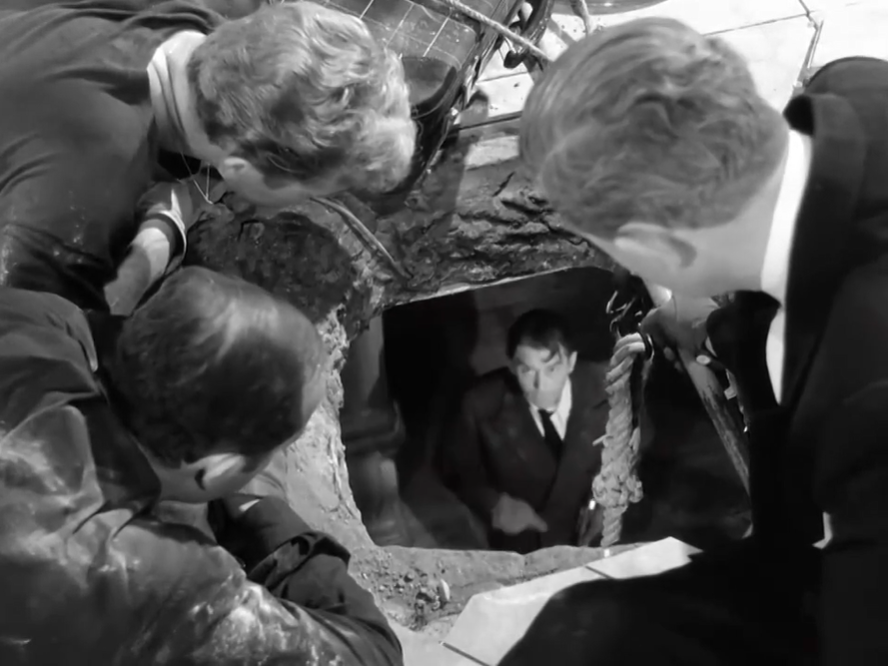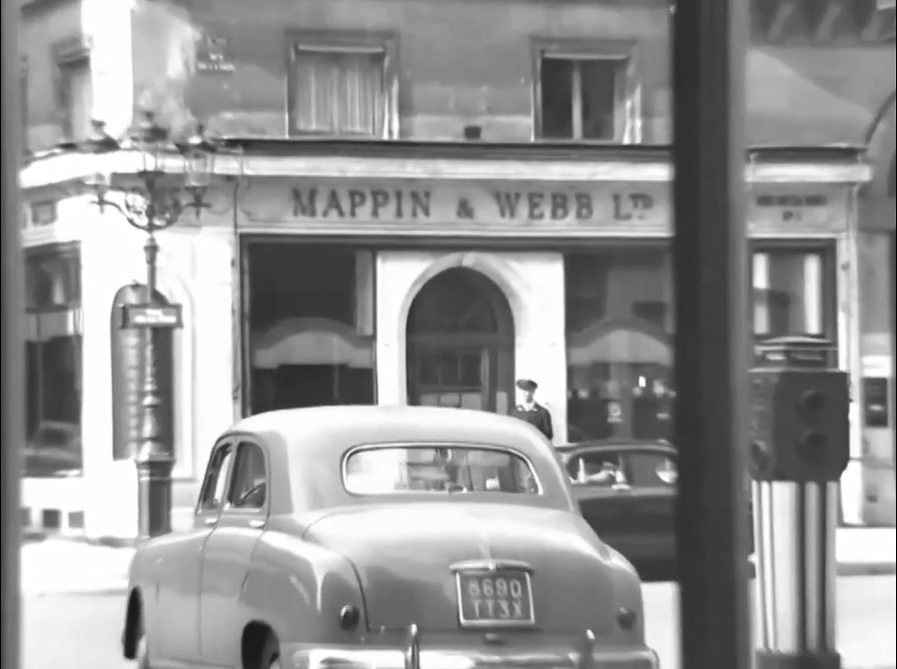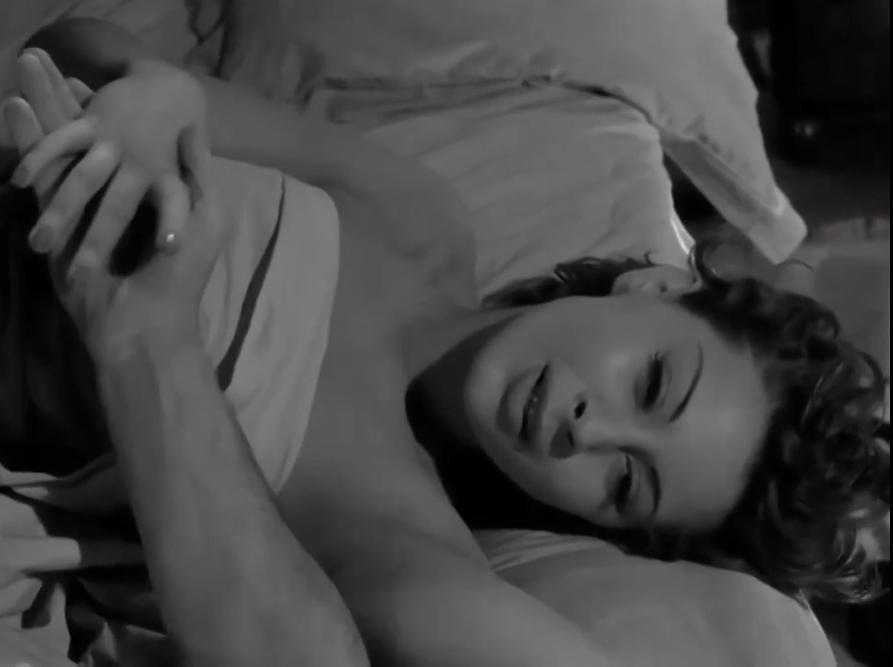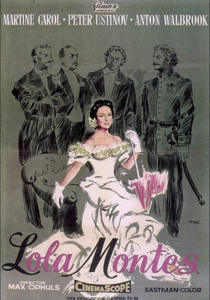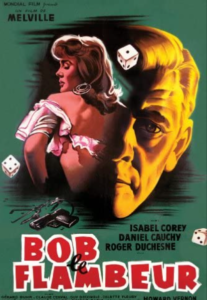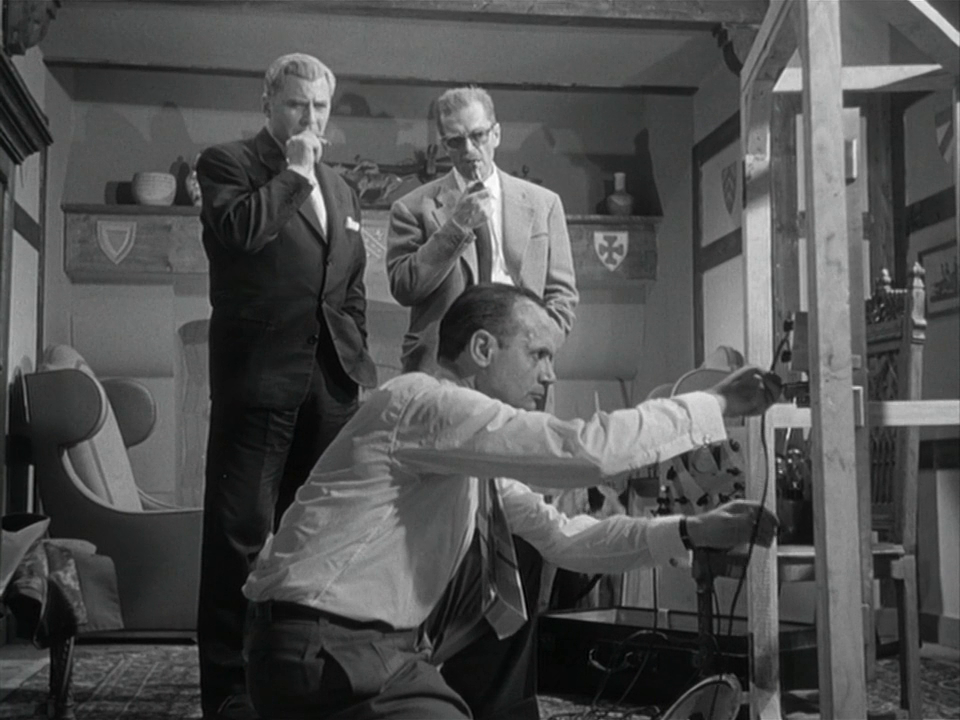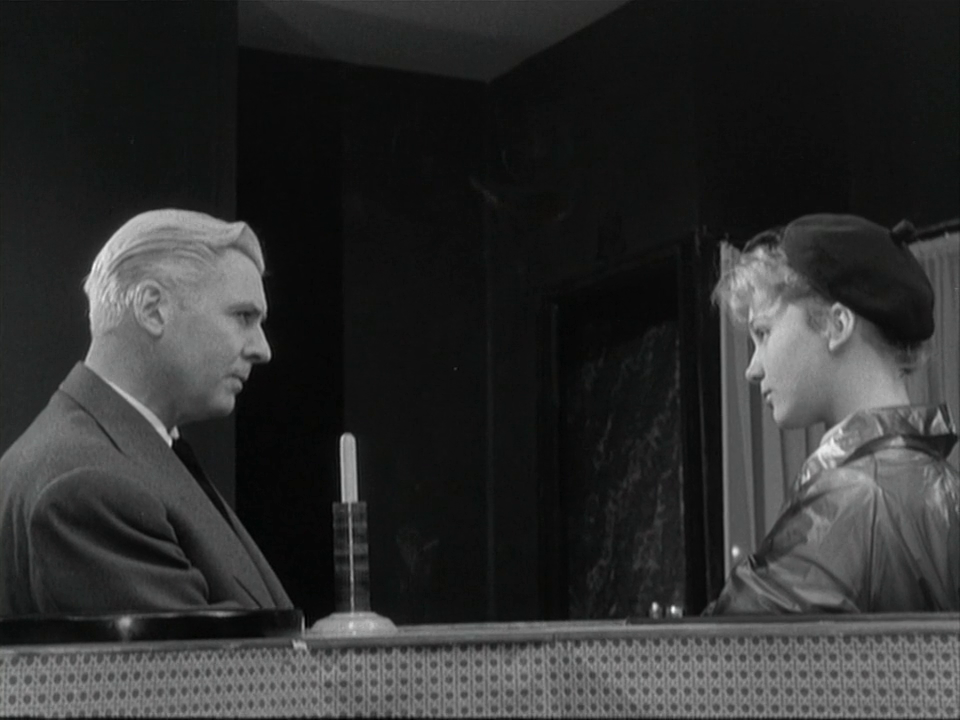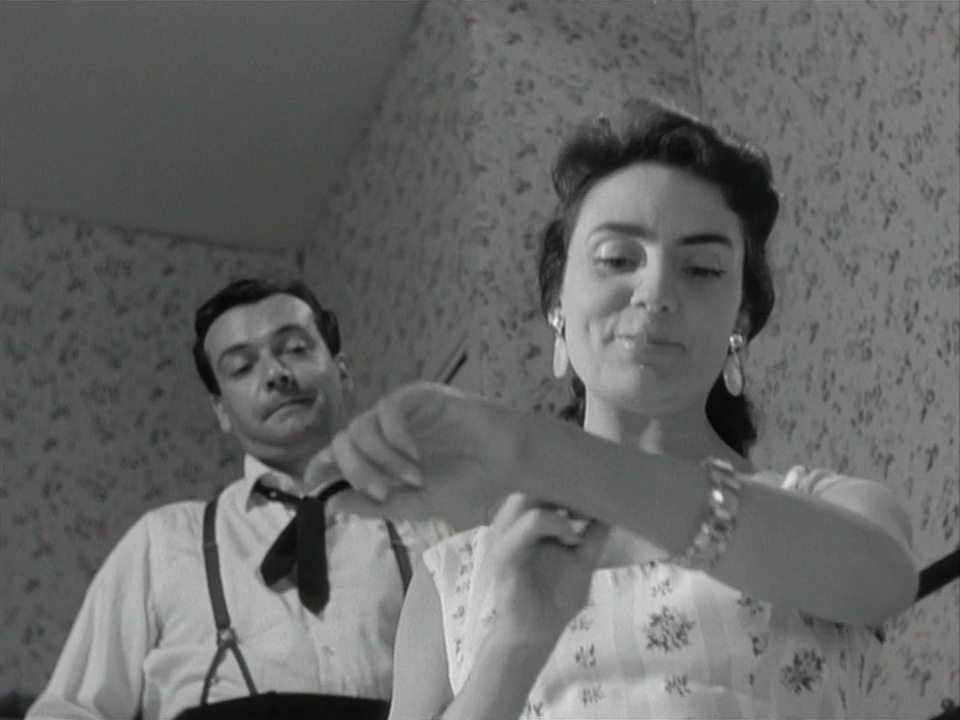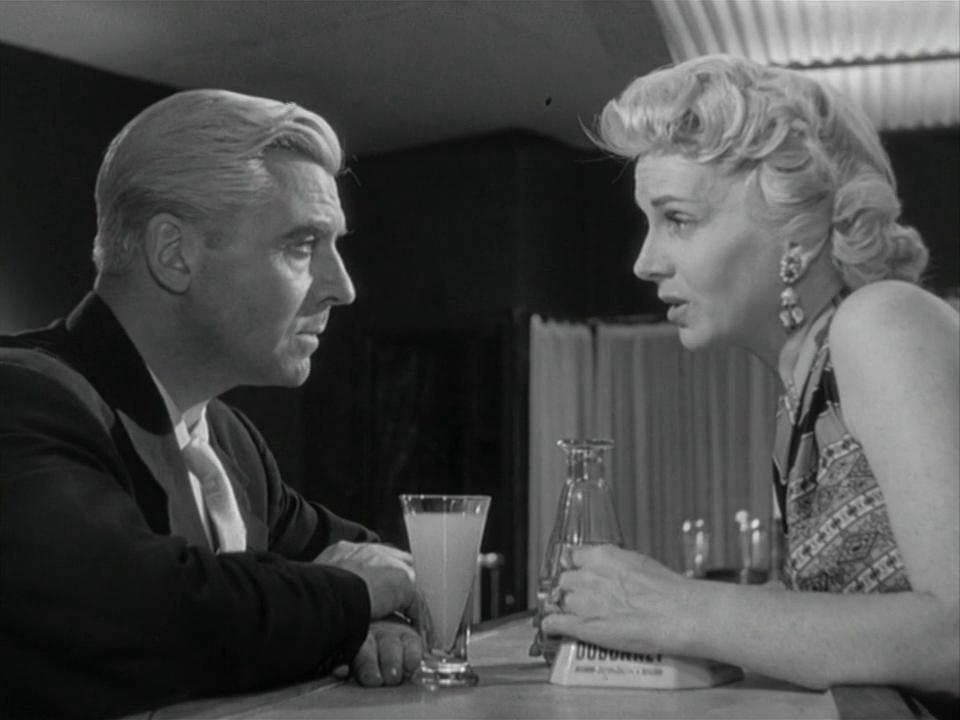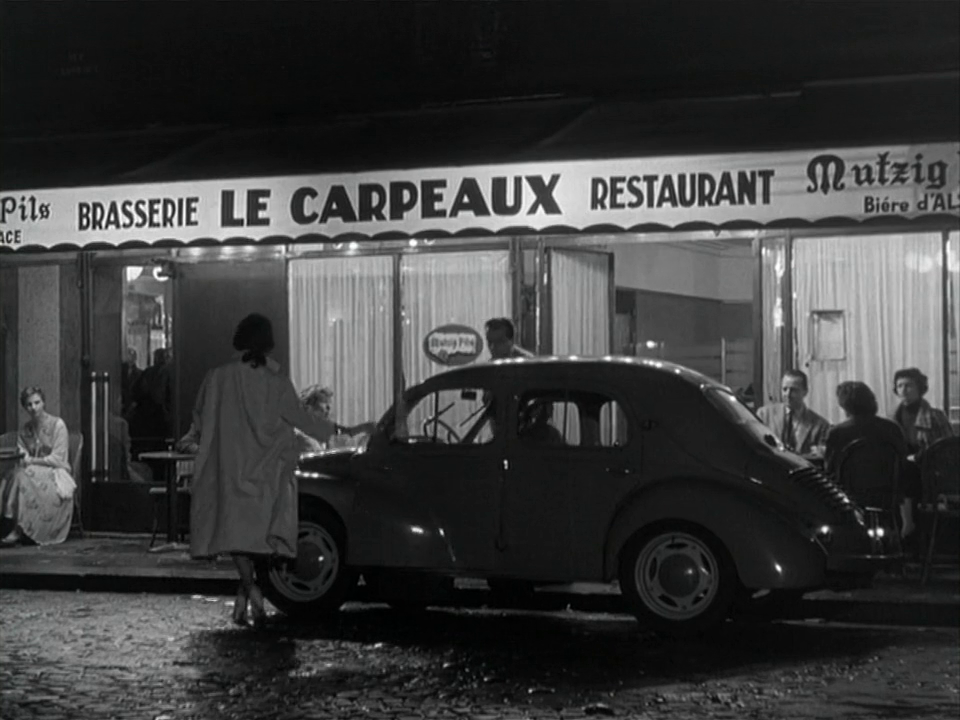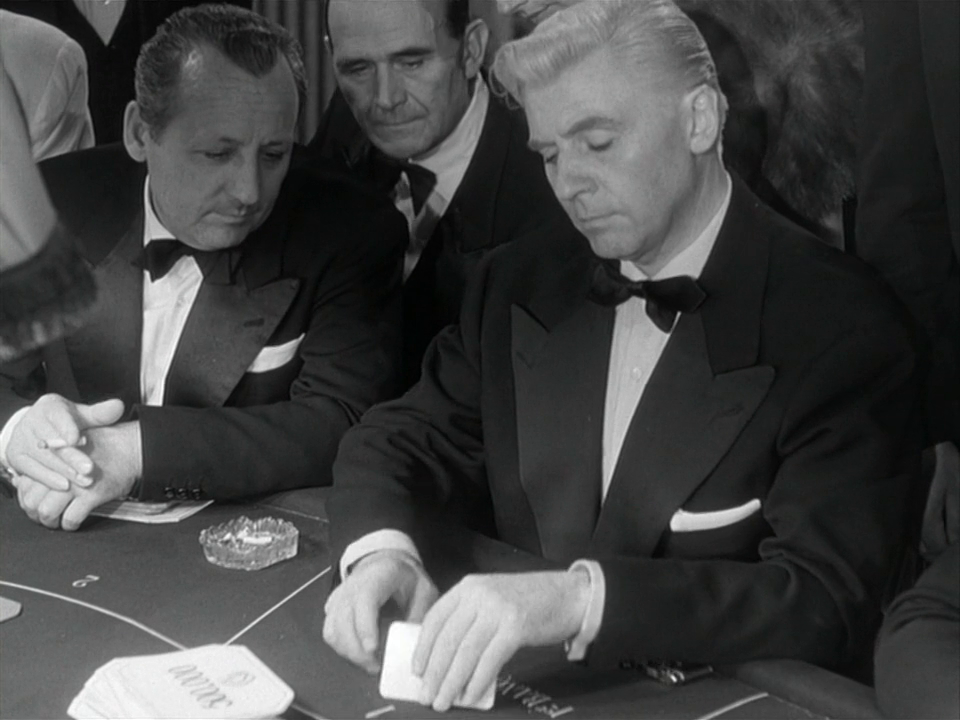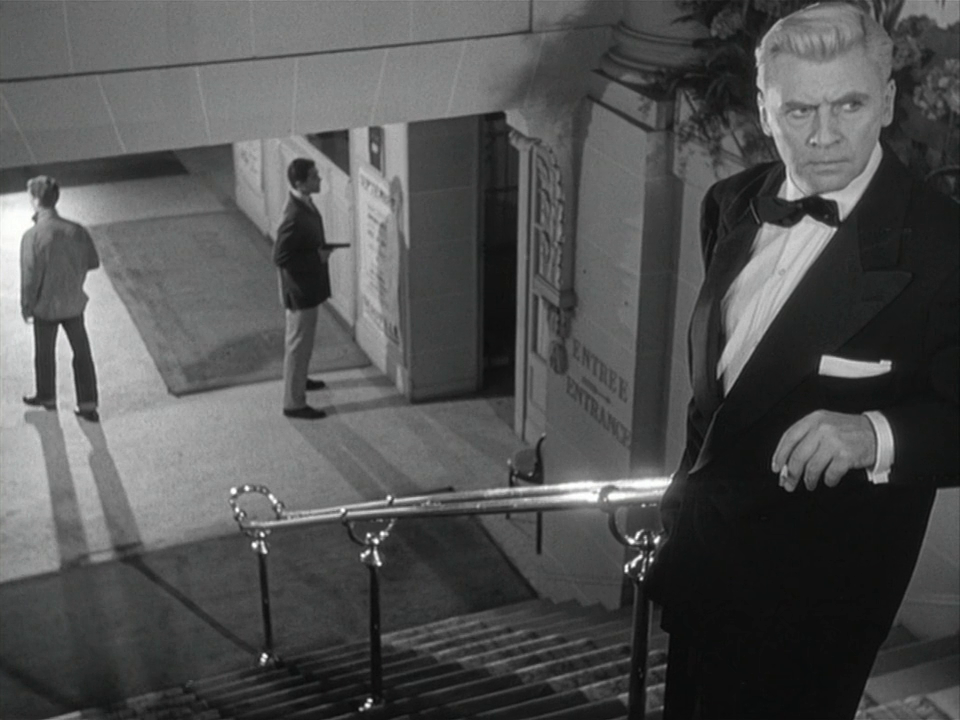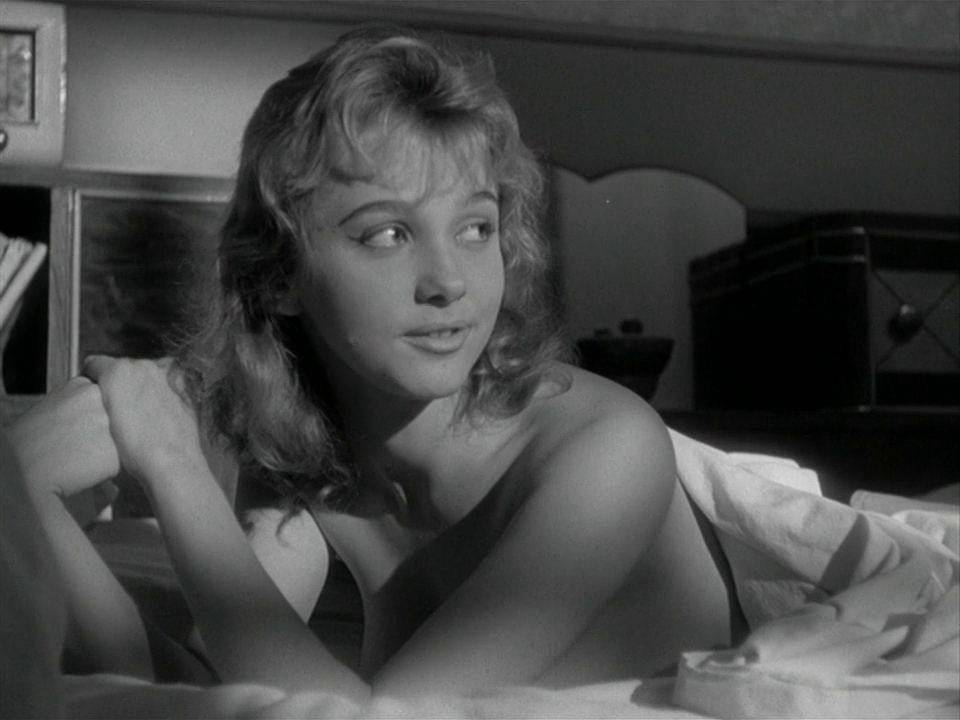|
Genres, Themes, Actors, and Directors:
- Anton Walbrook Films
- Carnivals and Circuses
- Feminism and Women’s Issues
- Flashback Films
- French Films
- Historical Drama
- Max Ophuls Films
- Peter Ustinov Films
- Strong Females
Response to Peary s Review:
Peary writes that Max Ophüls — “the master of the mobile camera” — “introduces us to his real-life heroine (Martine Carol) with an incredible shot that begins high in the circus rafters and ends three flights below on the ground — a visual metaphor that reveals to what depths Lola has fallen since she was lover and mistress to many of Europe’s most important men” but now is “the main attraction in a seedy circus, accepting donations for the Society of Fallen Women.”
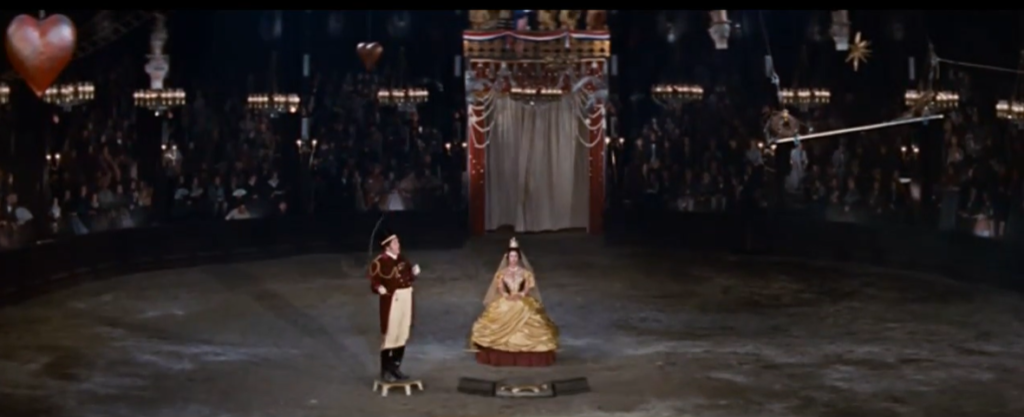
Drawing from his lengthier analysis of the film in his Cult Movies book, Peary goes on to write that:
Lola epitomizes Ophüls’s intelligent, free-willed, free-spirited, brave women [whose] rebellious actions mock society’s norms and make her an example for repressed women to follow. What she wants is what her heart wants, and it’s not surprising that when we come upon her she has loved so much that her heart is almost worn out. Love has the power to consume an individual and she suffers a great loss each time an affair comes to an end, as it must in Ophüls’s preordained world.
Peary adds, “[Lola] refuses to protect herself from heartache because she believes in living and loving with intensity. Time is Lola’s emotional domain. She is, in fact, a product of her past — her memories are bittersweet at best, but they remain an integral part of her (she remembers every affair.)”
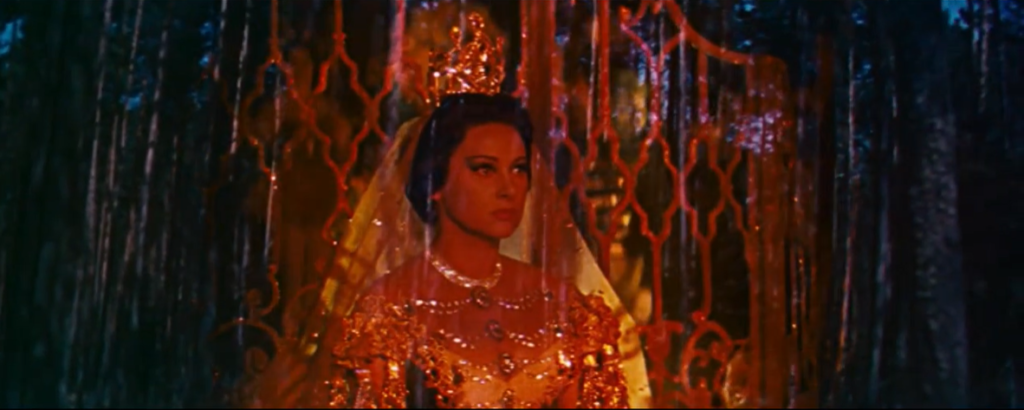
Peary notes, however, that while “Ophüls’s last film is a rich, beautifully designed, scored, and photographed work,” there “are lapses in the script and problems with some characters.” He concedes that “Carol is exciting at rare moments, as in the scene when Lola seduces Liszt”:
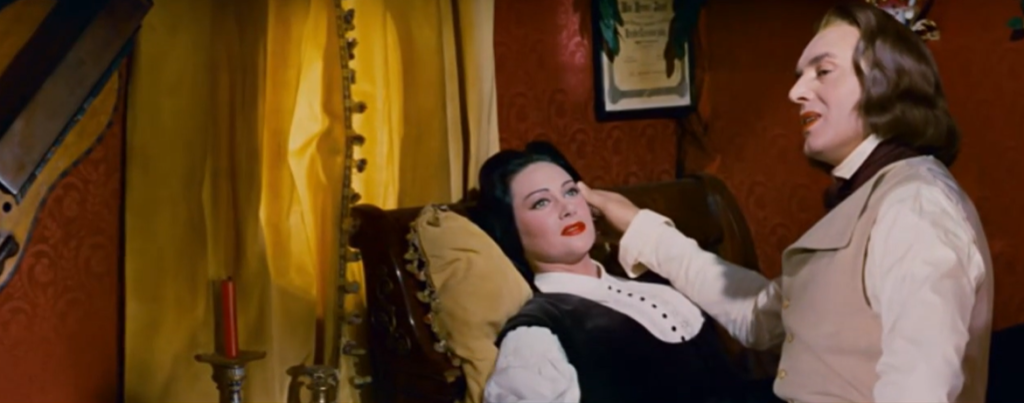
… “but mostly she is bland and unable to project the inner beauty that men sense immediately in Lola.”
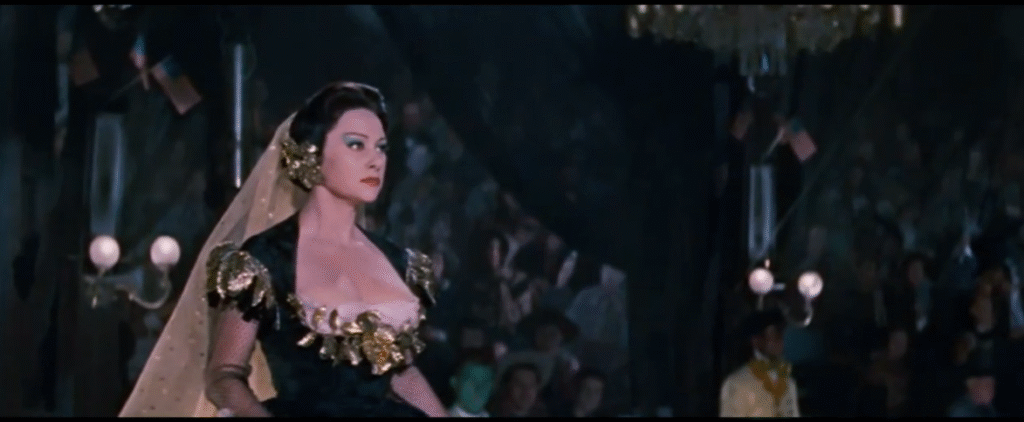
He points out that the film was “photographed by Christian Matras, whose camera constantly moves to emphasize the shifts and uncertainties in Lola’s life.”
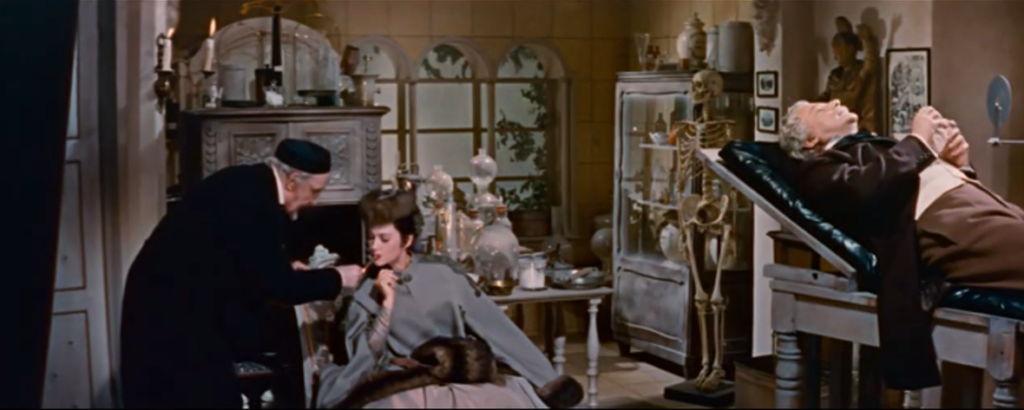
In his Cult Movies essay, Peary concludes by writing, “I don’t agree with the high assessment given the film by [Andrew] Sarris and others, but Lola Montes does reveal Ophüls’s genius with the camera and for set design, and gives insight into his unique vision of women” — which “are reasons enough for it to be seen several times.” I concur.
Notable Performances, Qualities, and Moments:
- Vibrant CinemaScope cinematography
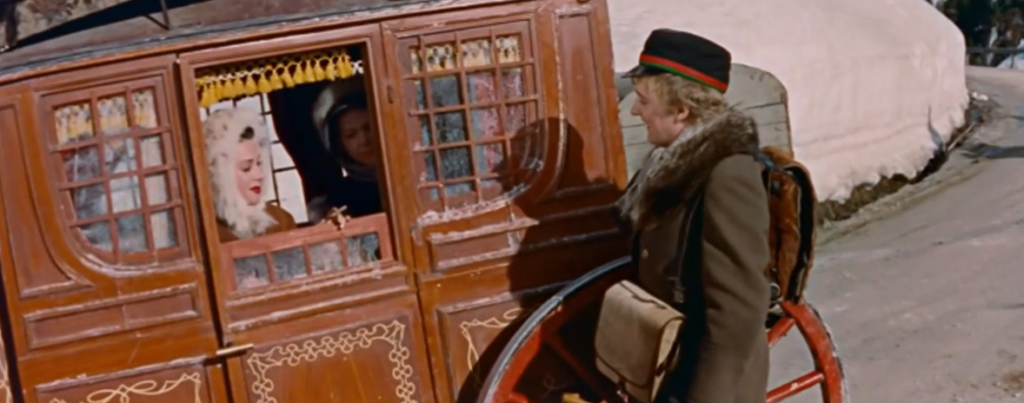
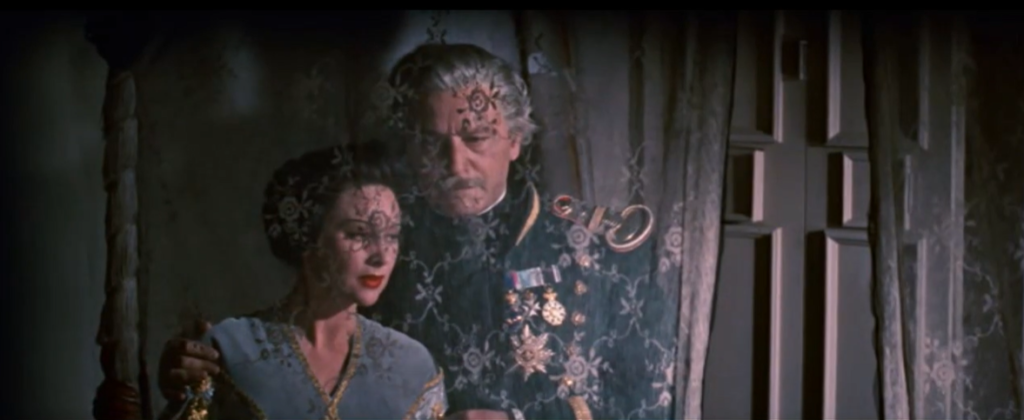
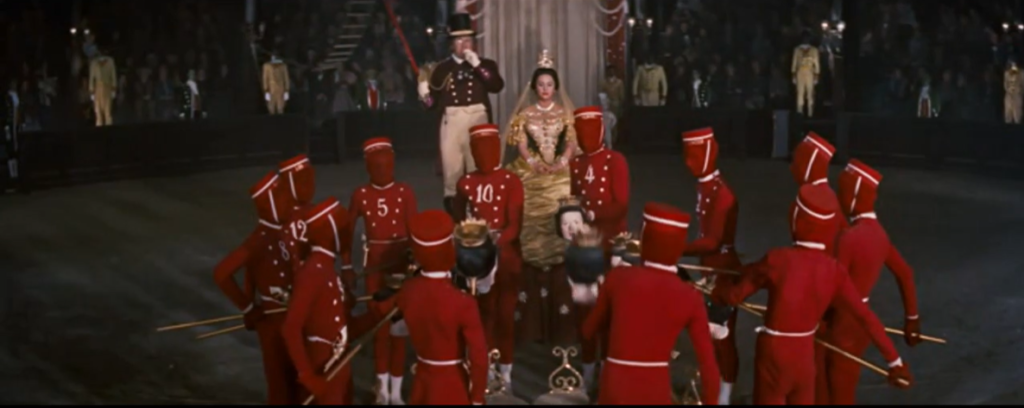
Must See?
Yes, for its cult status and as the final film of a major director.
Categories
- Cult Movie
- Historically Relevant
- Important Director
(Listed in 1001 Movies You Must See Before You Die)
Links:
|
